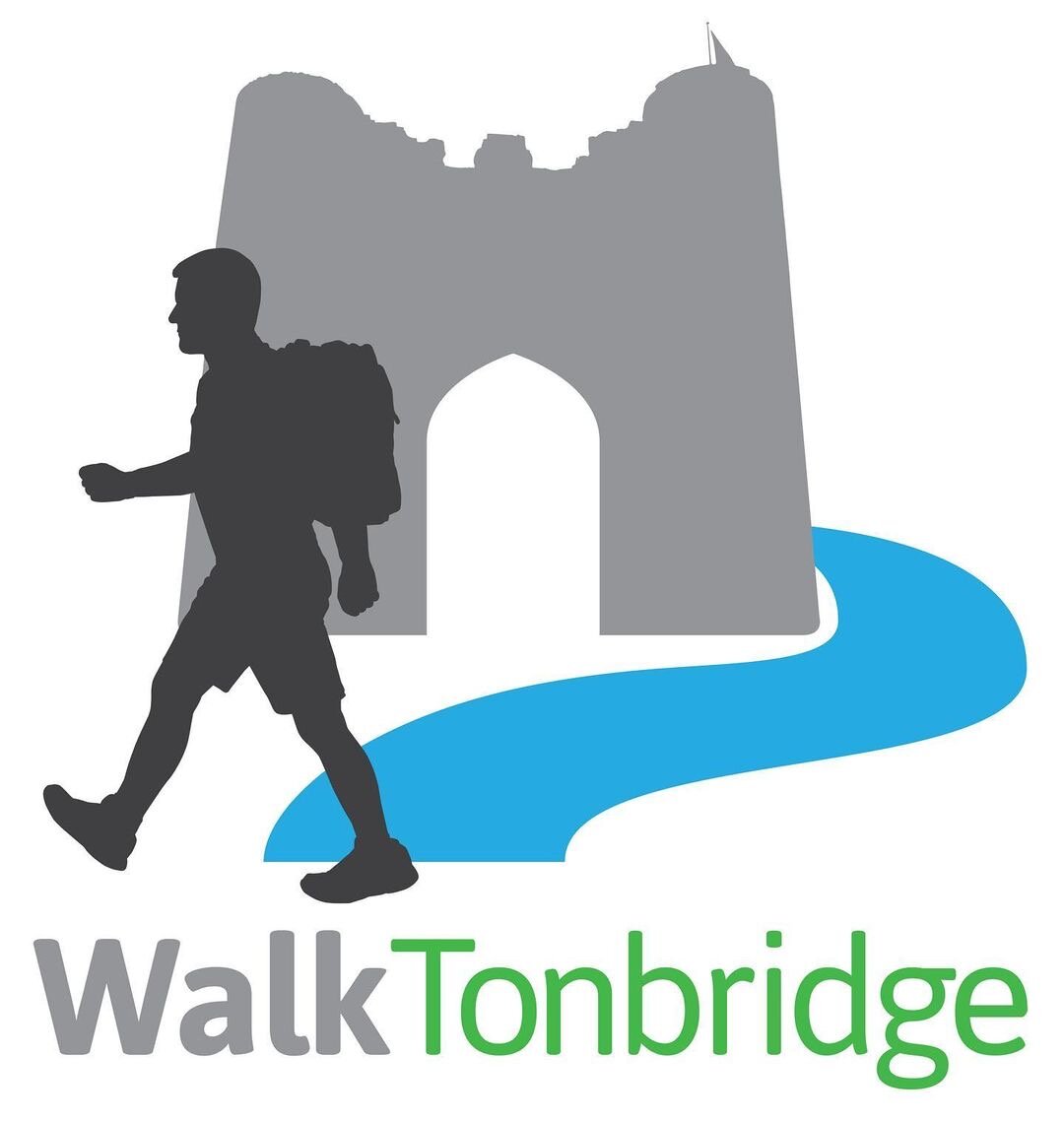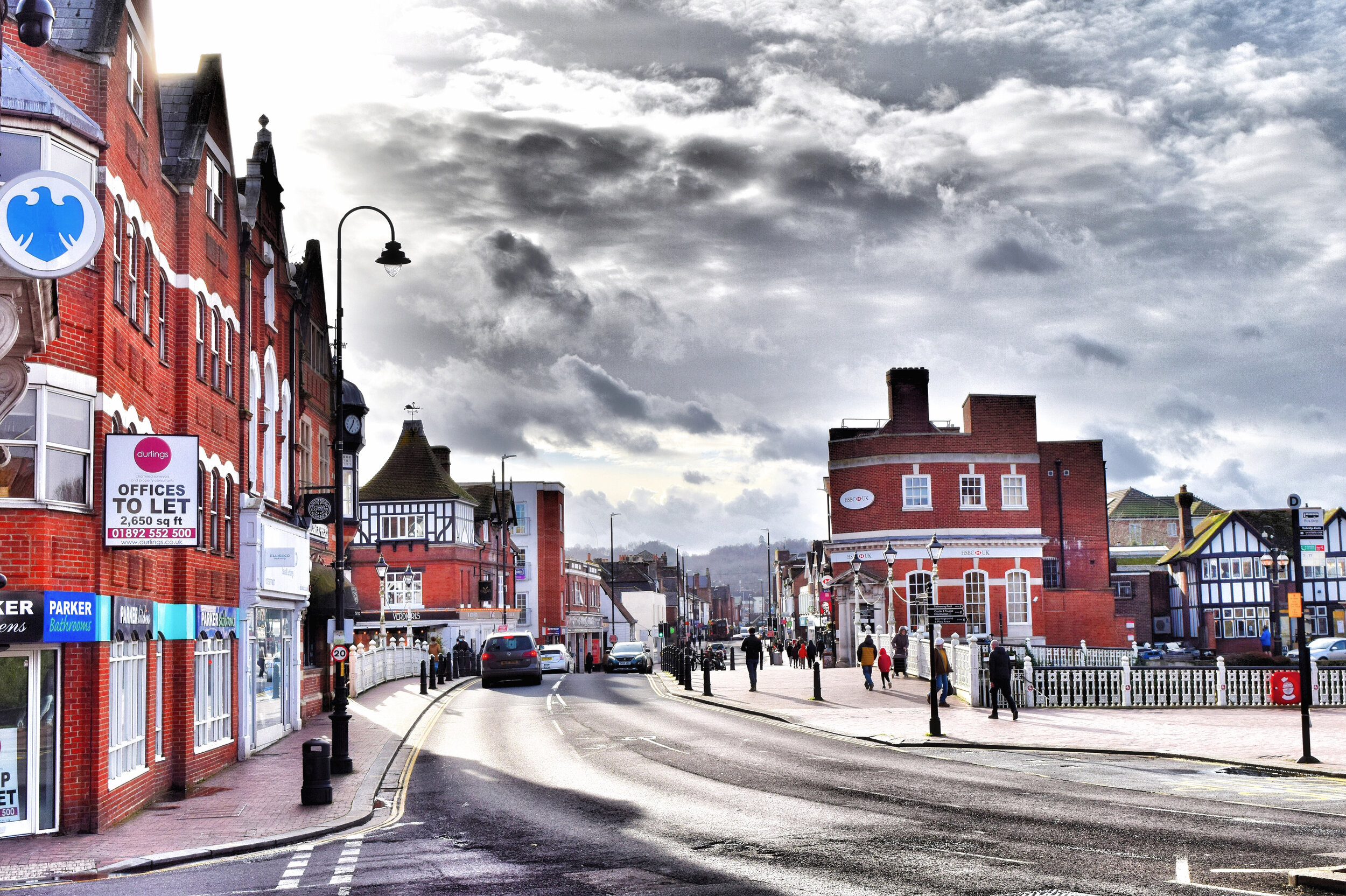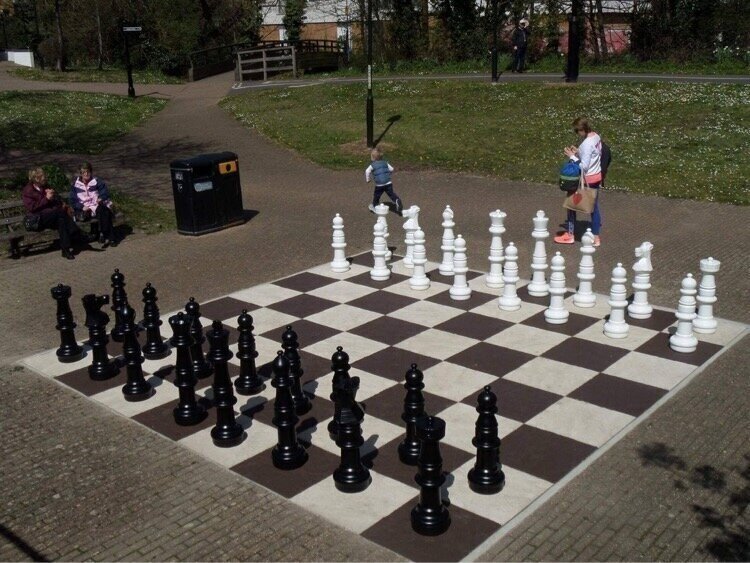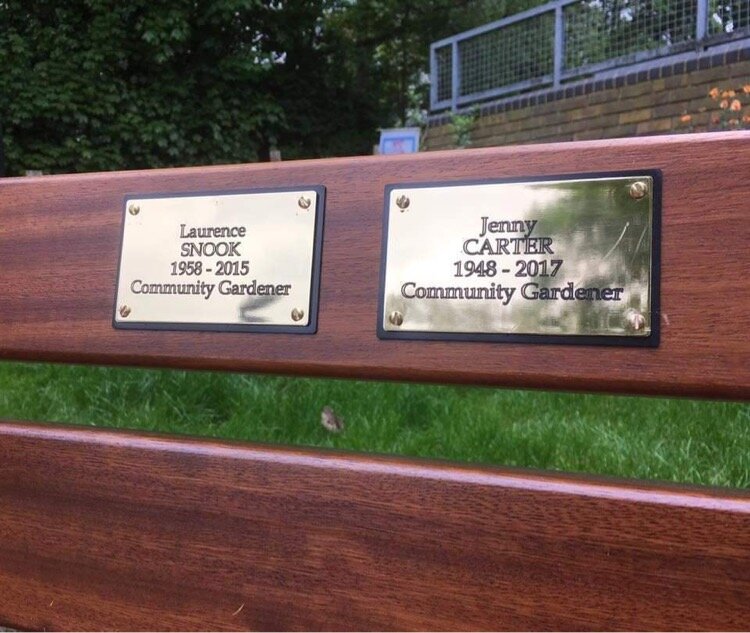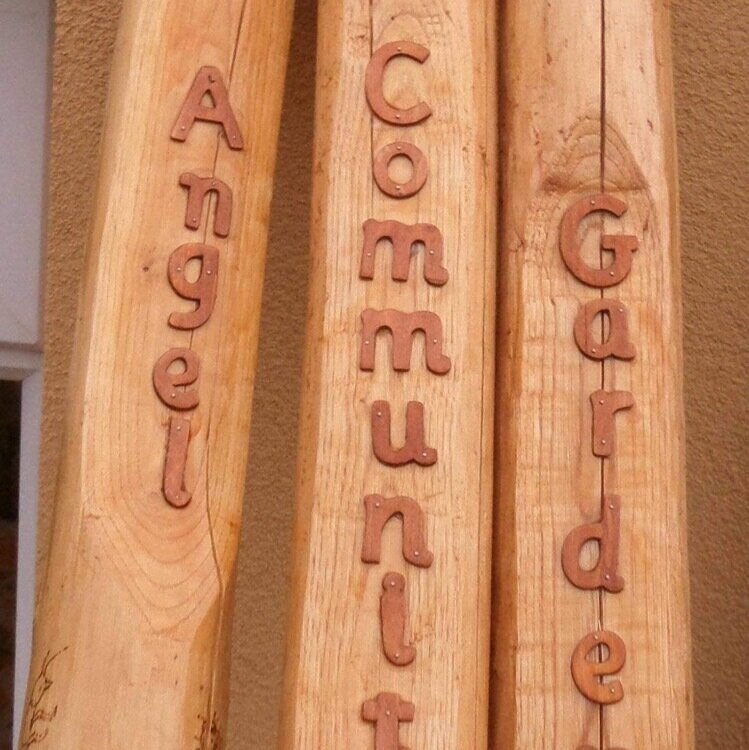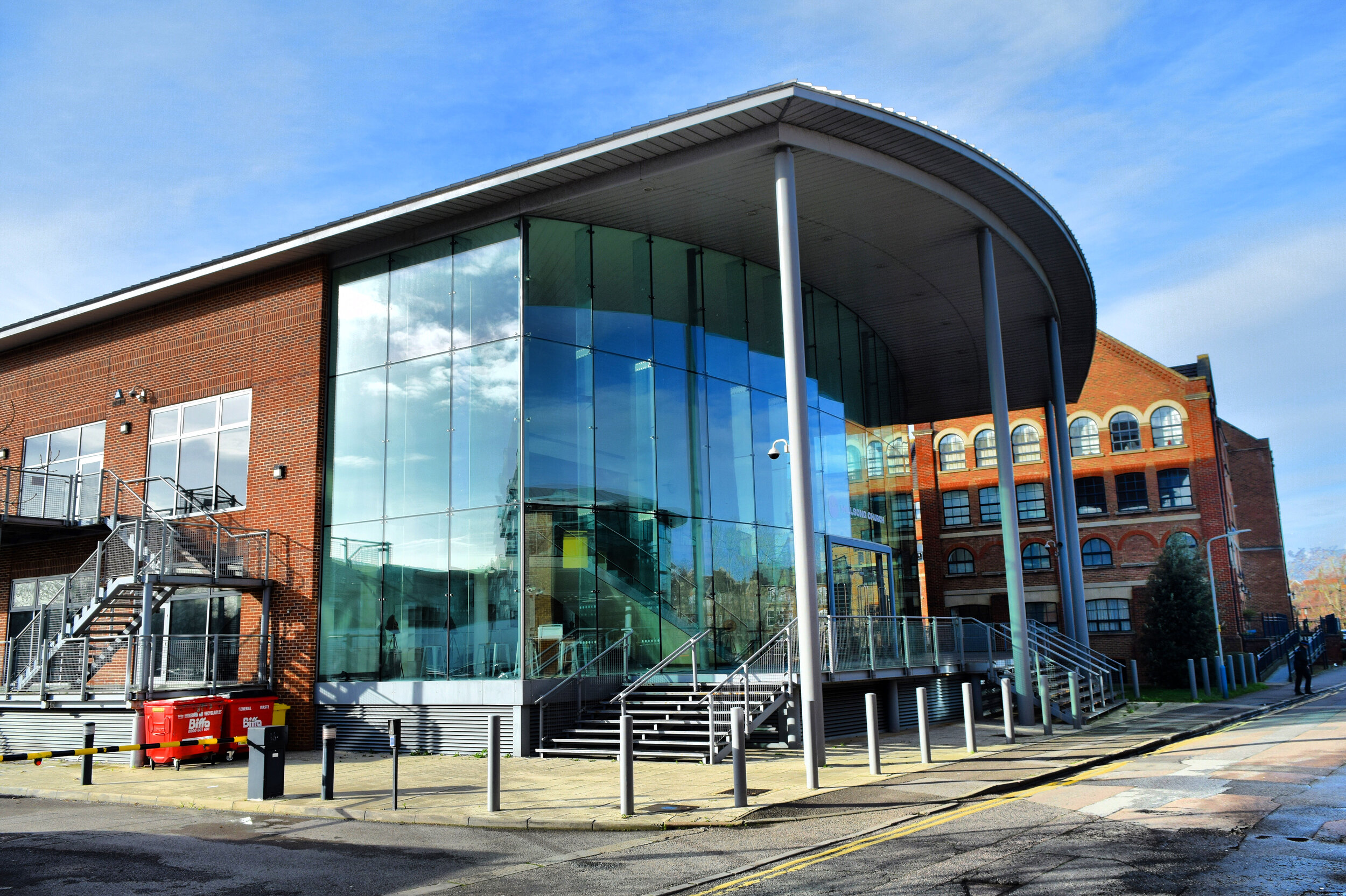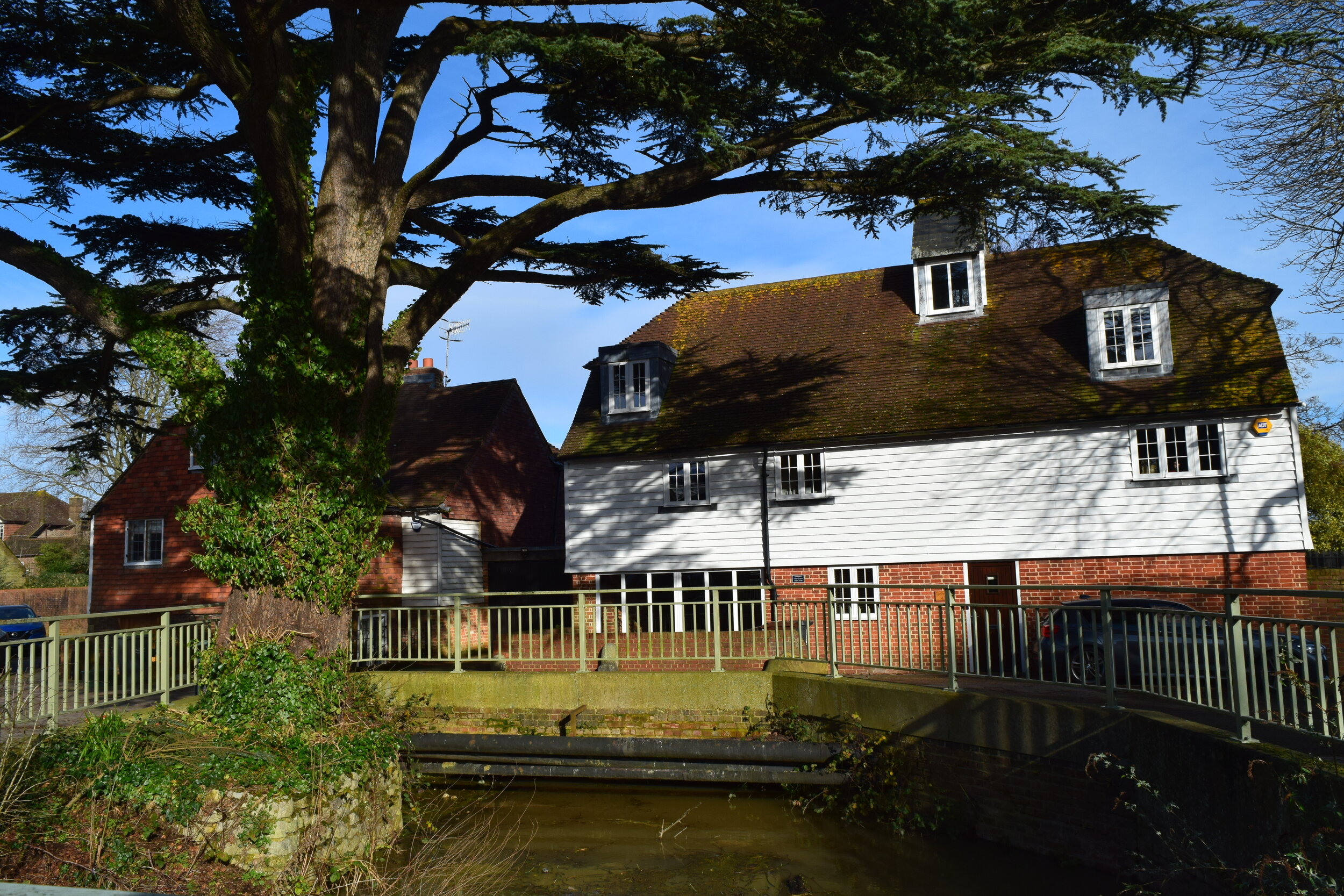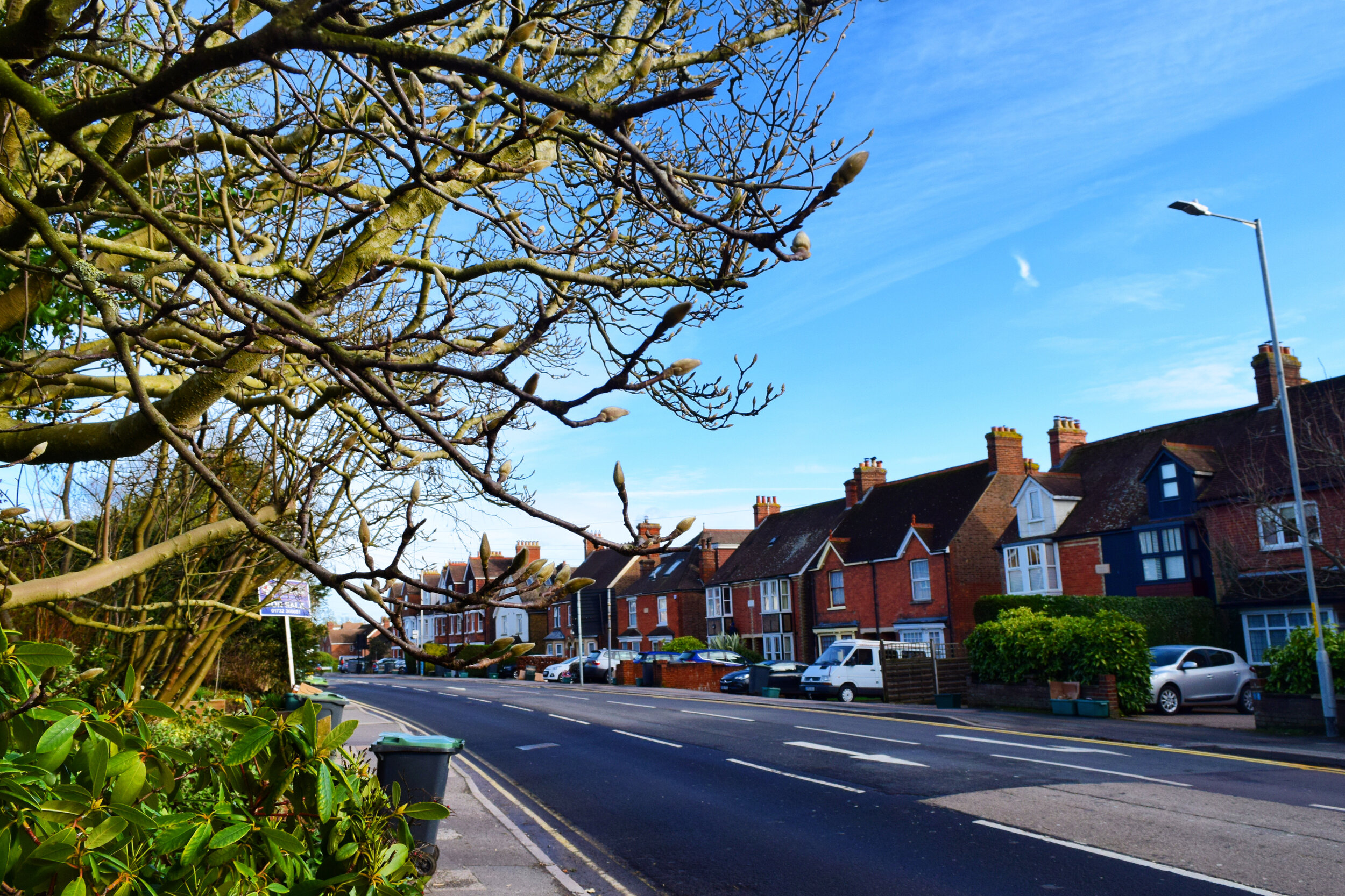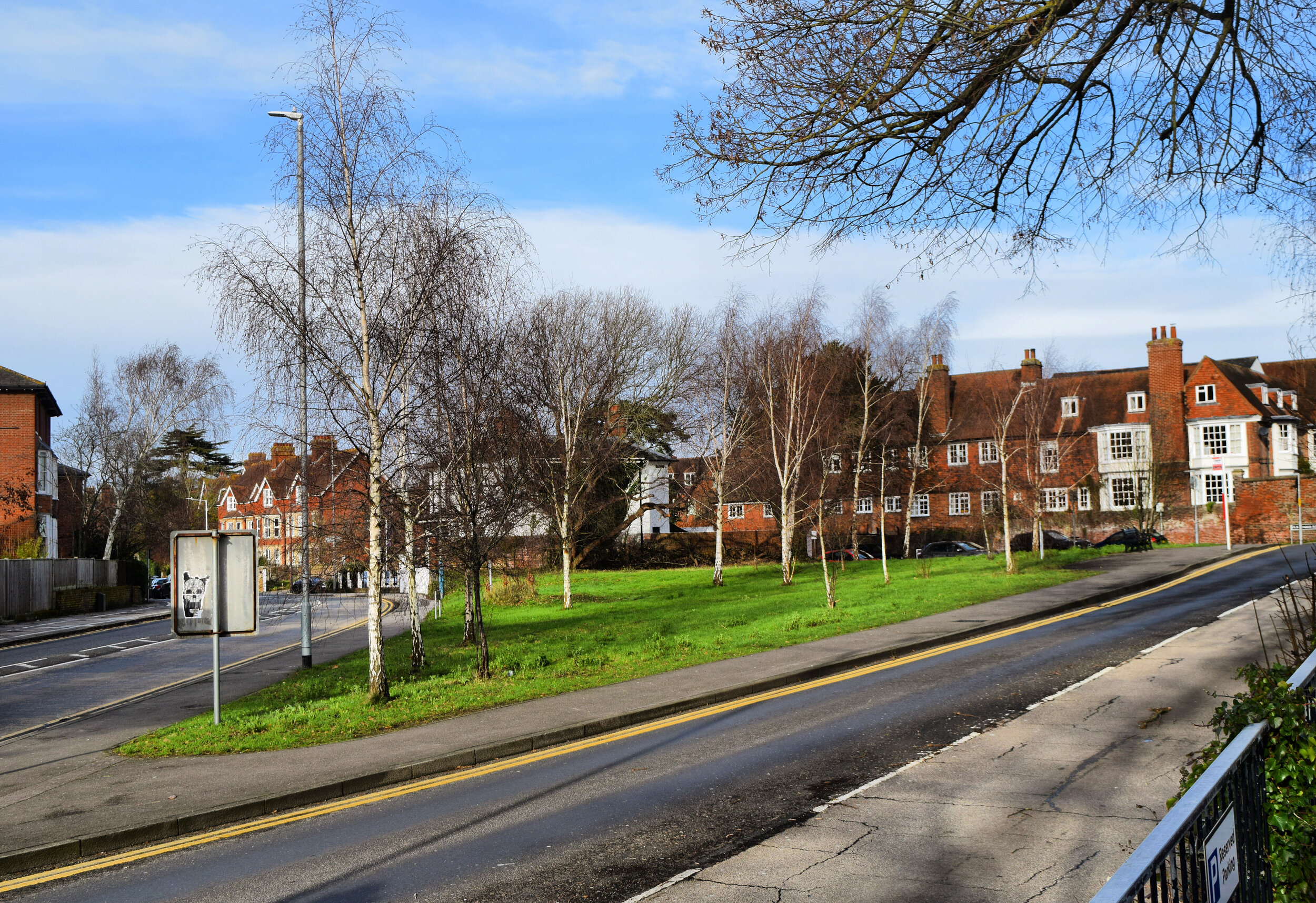Walk 18: Finding Gandhi
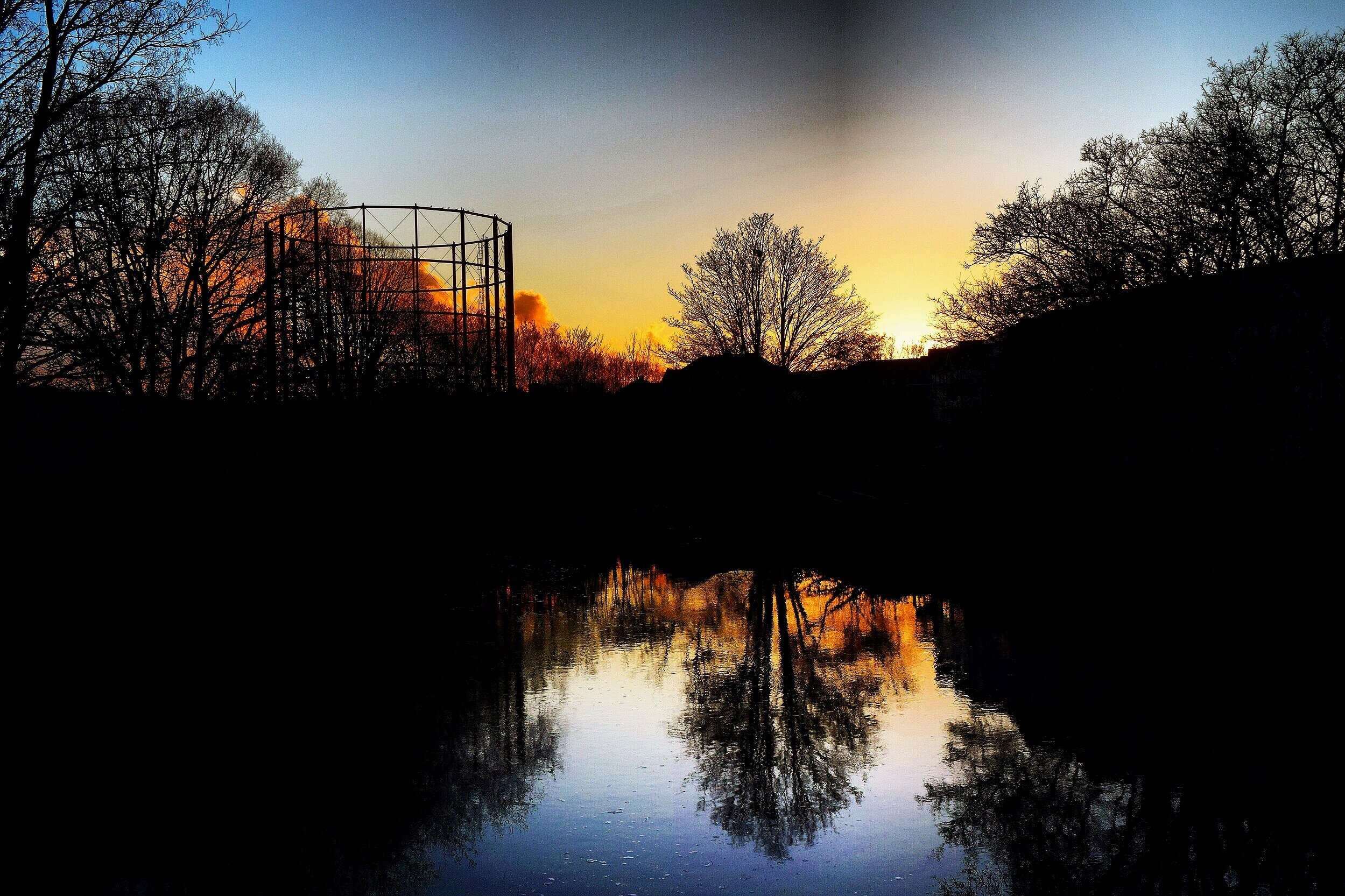
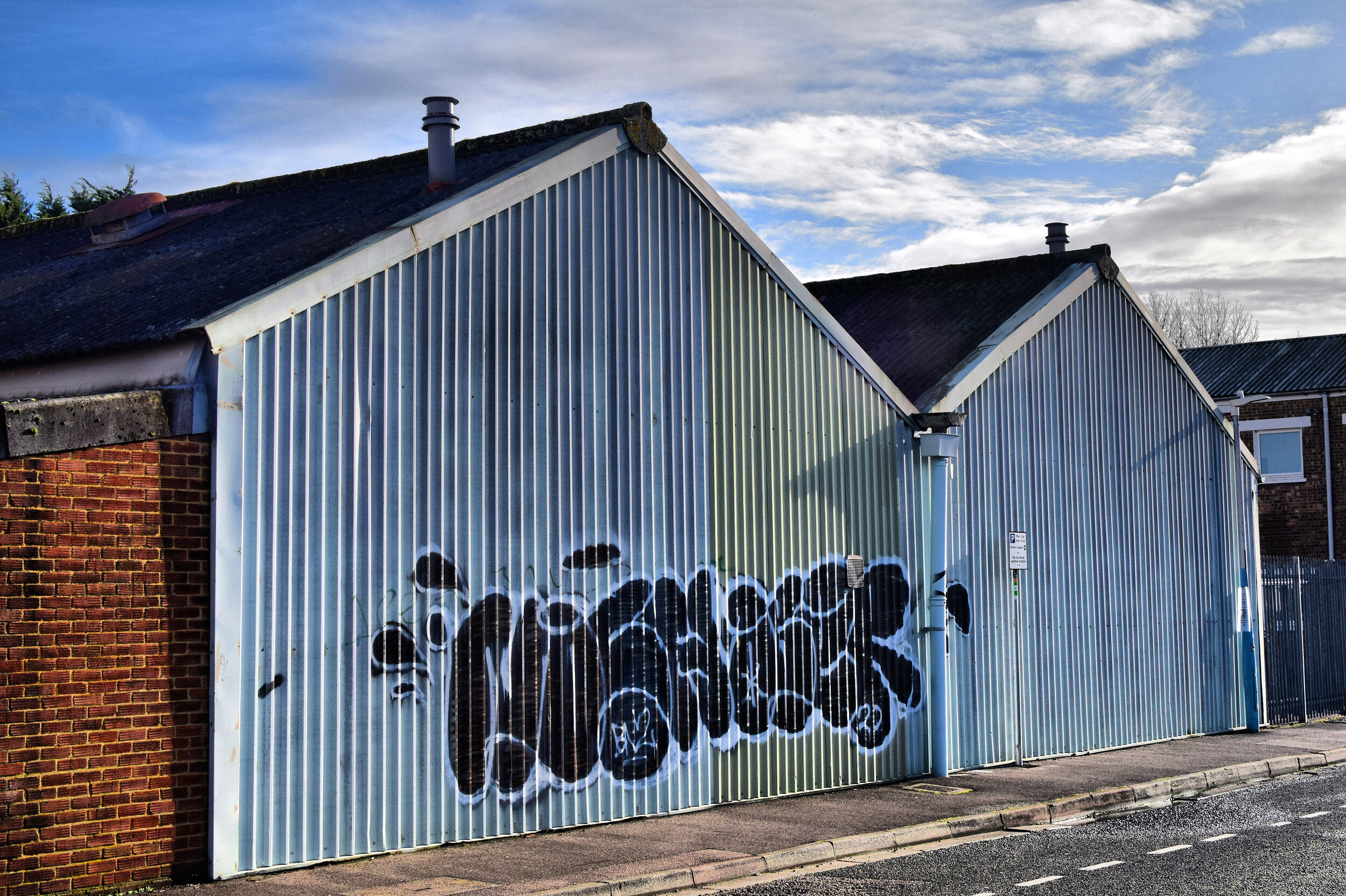
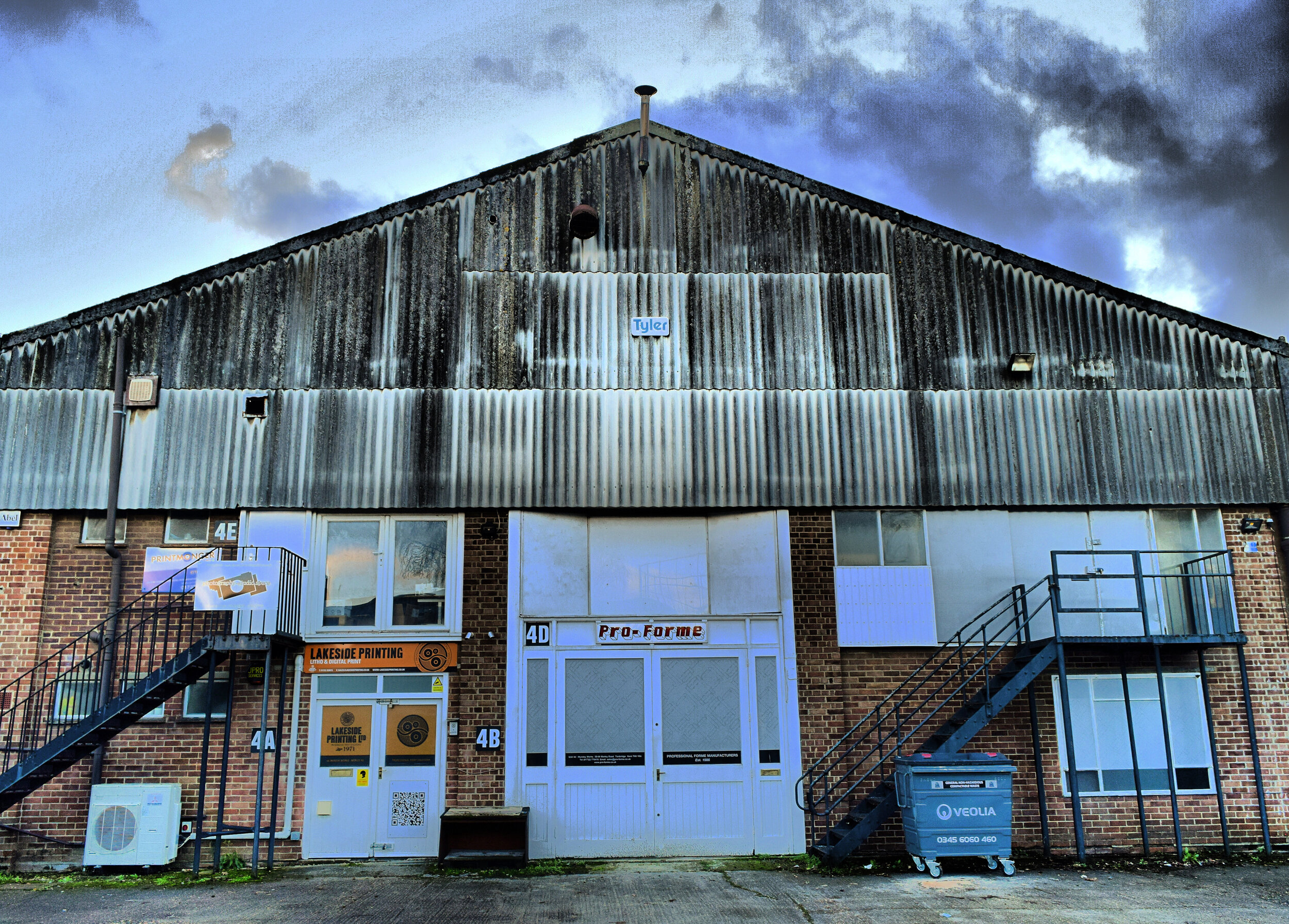

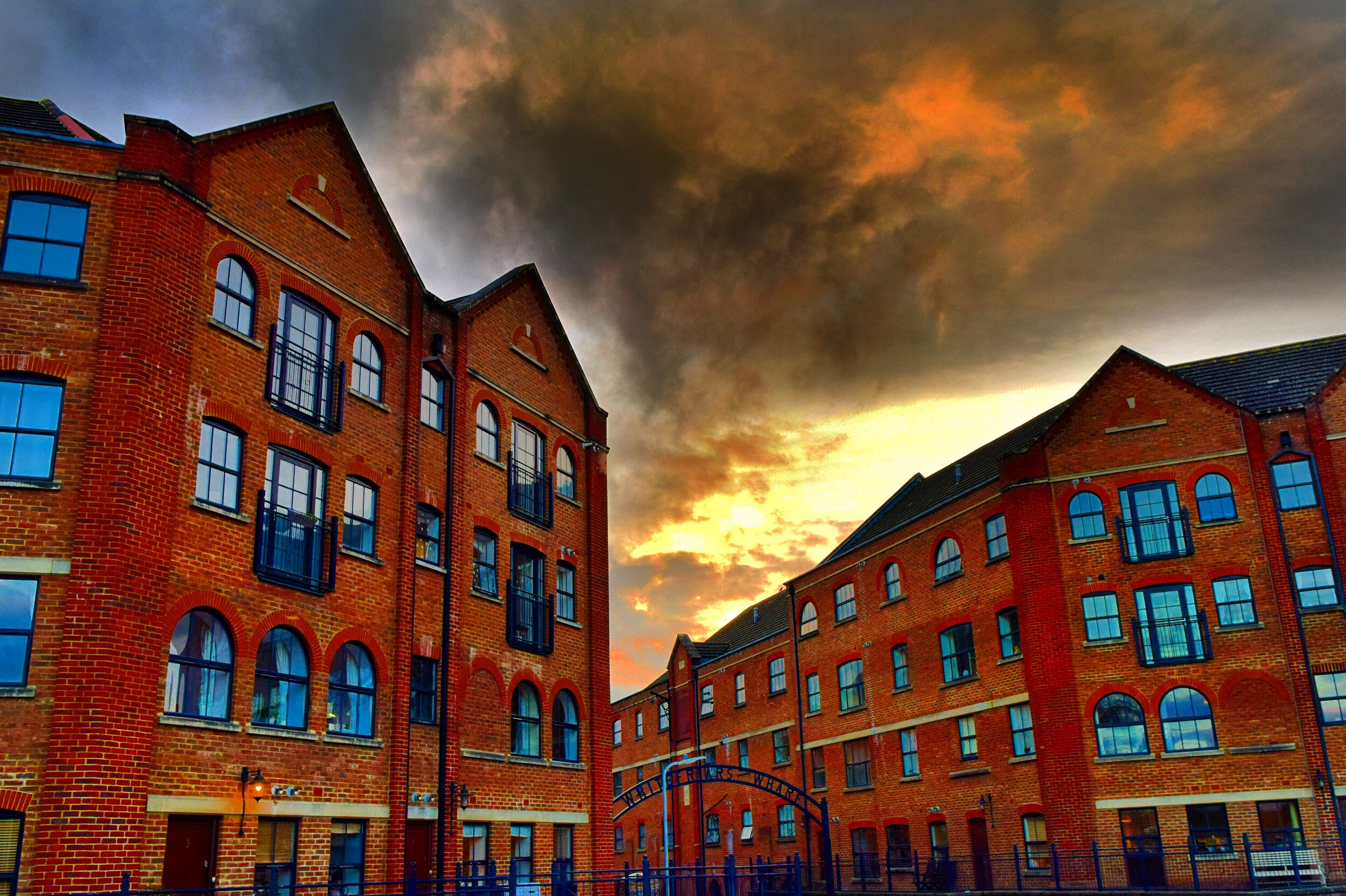
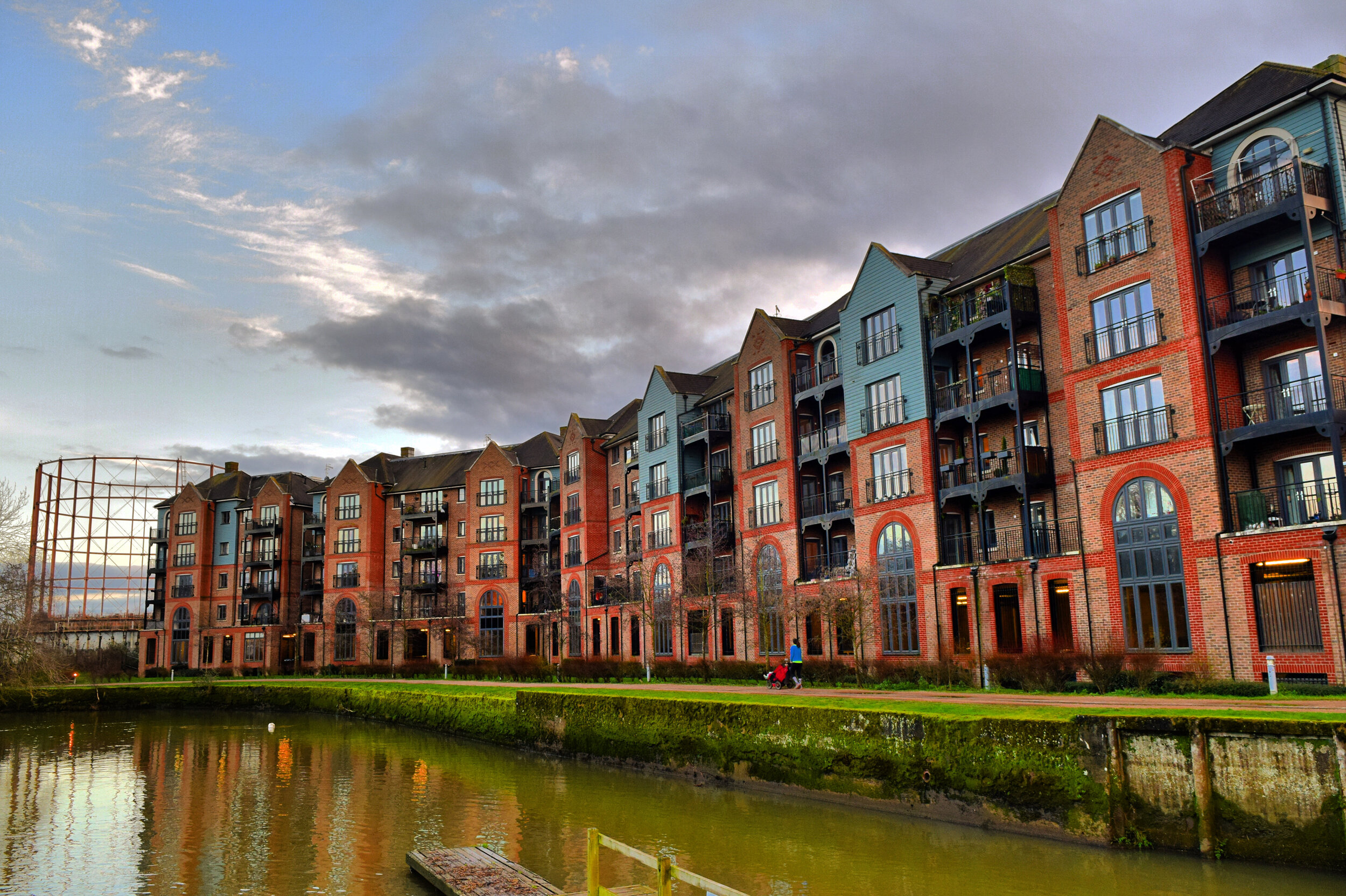
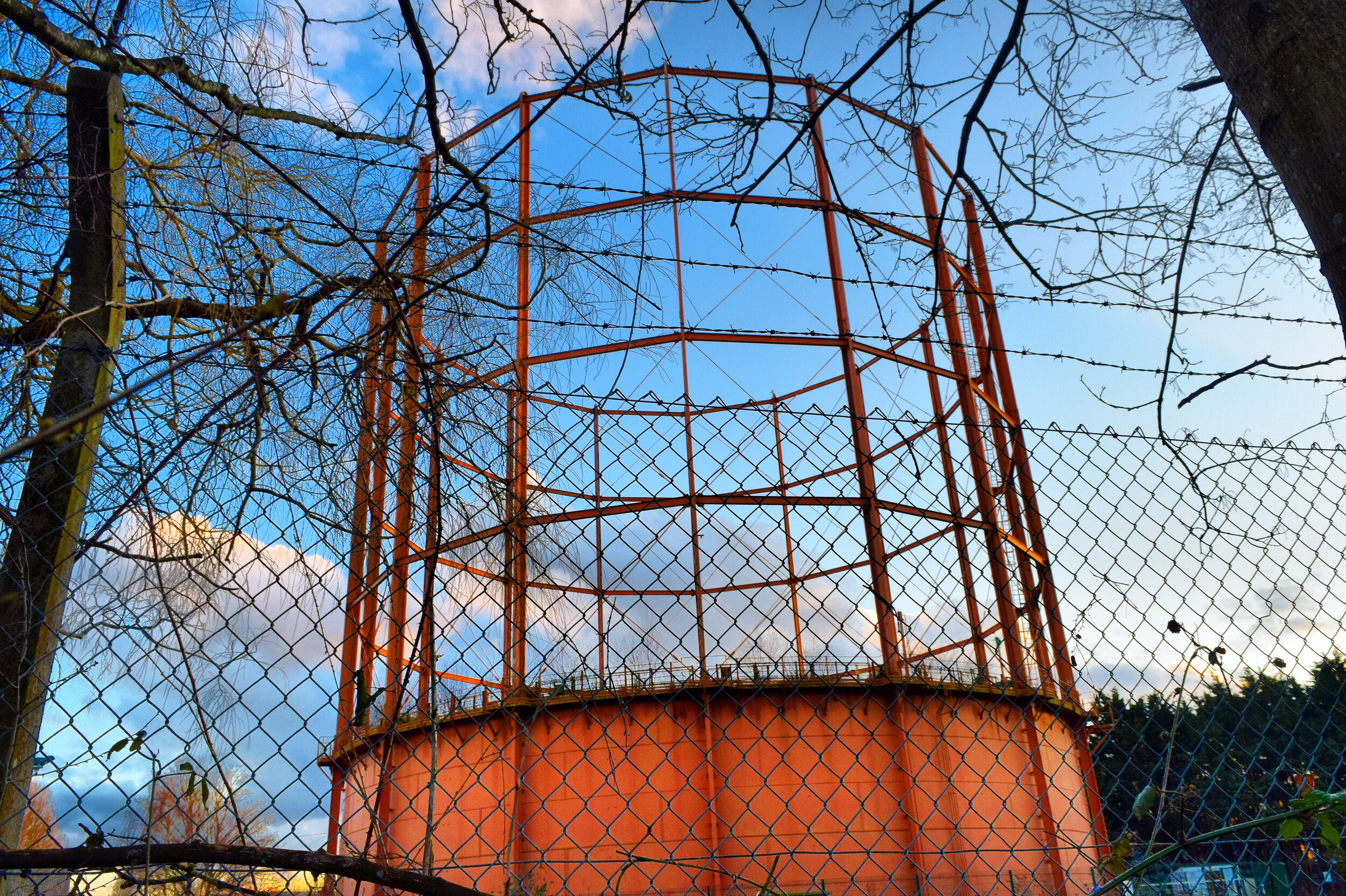
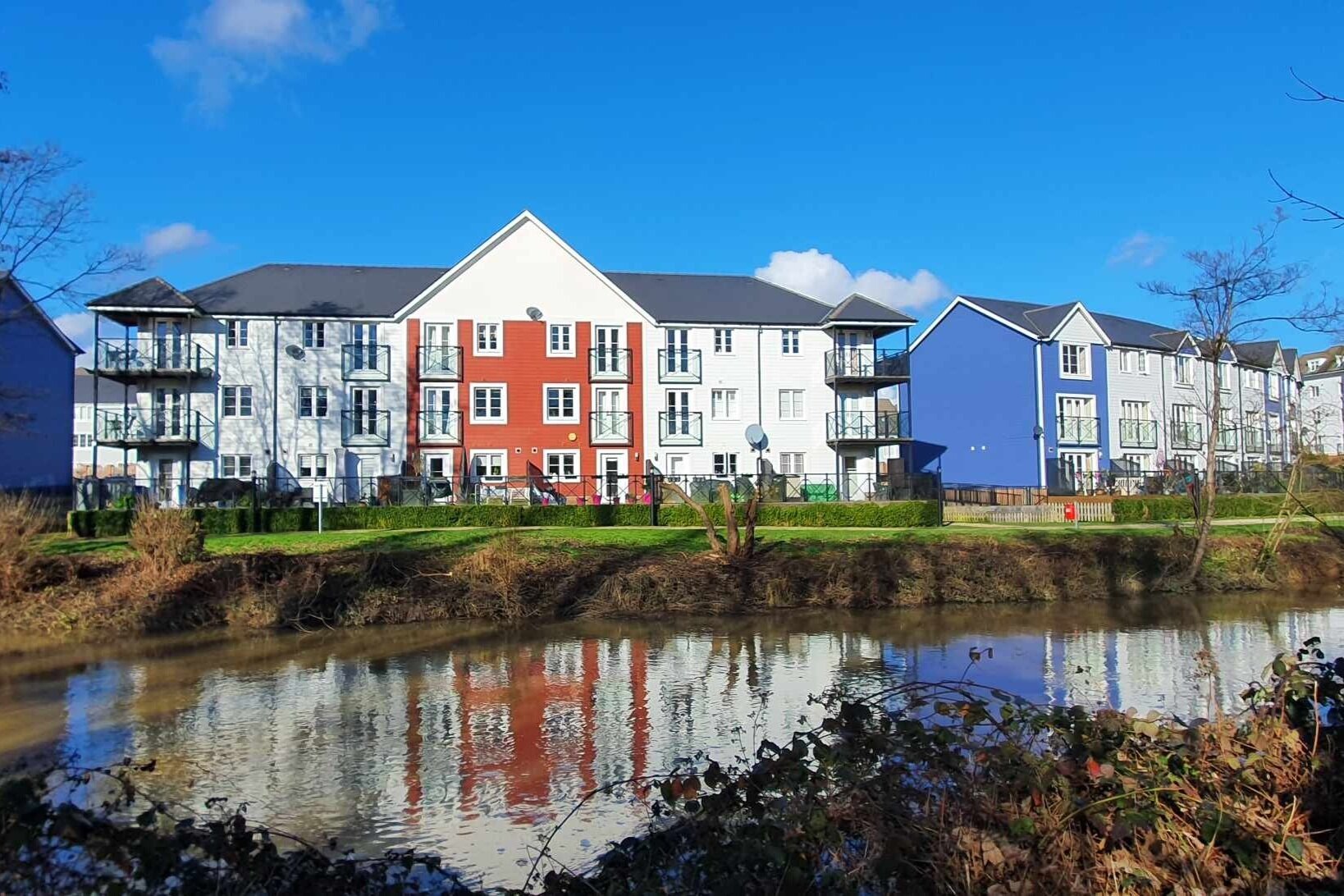
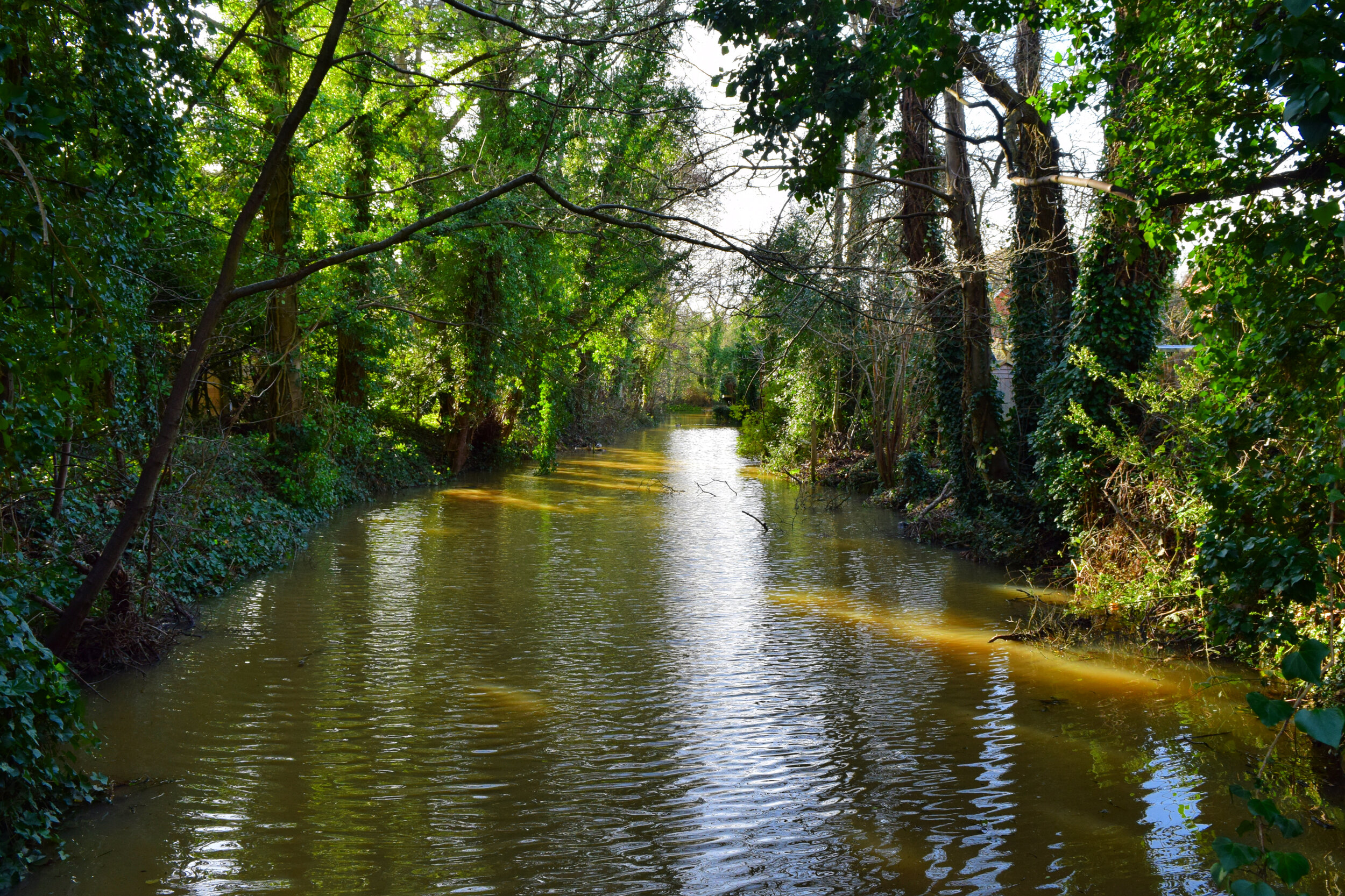
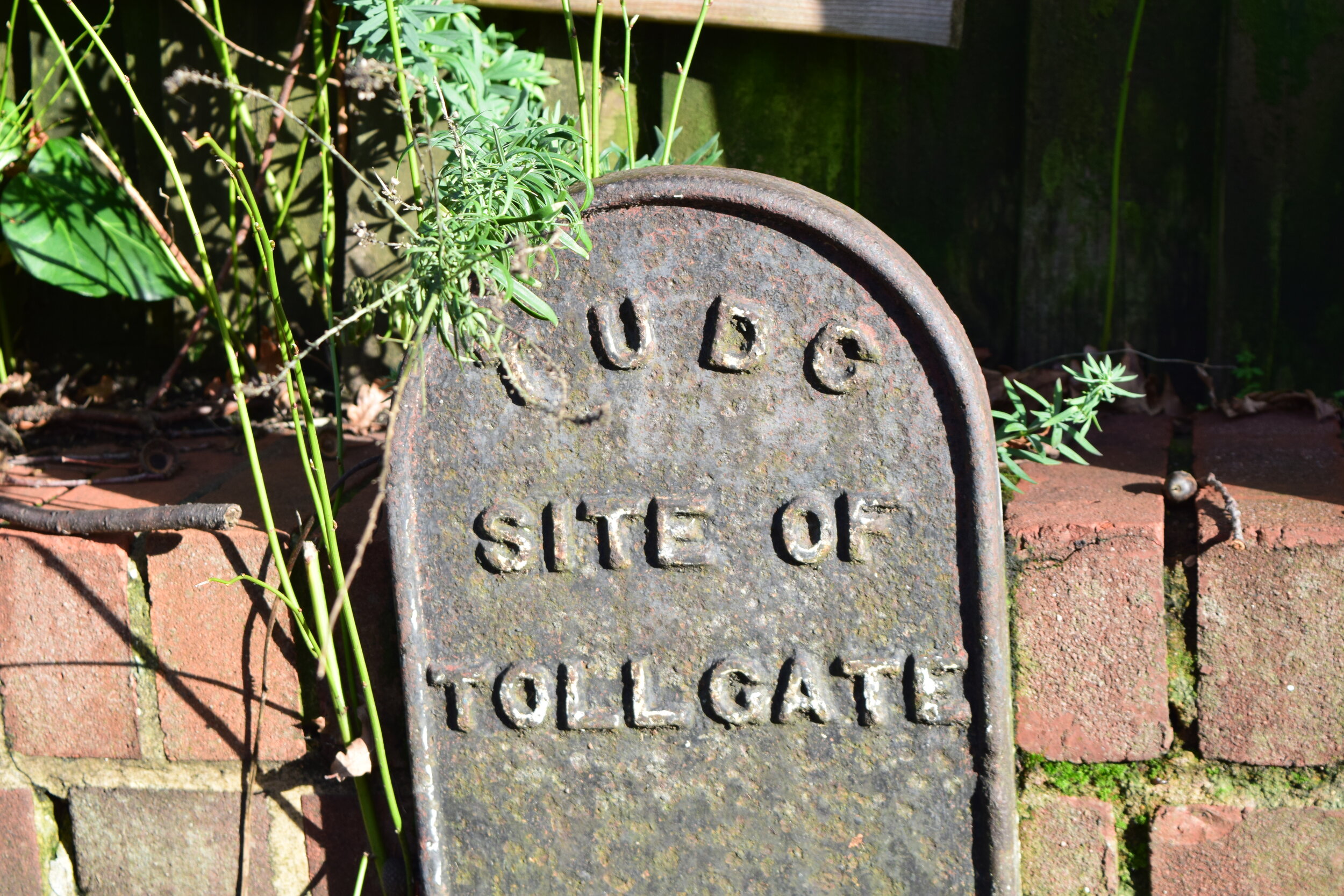
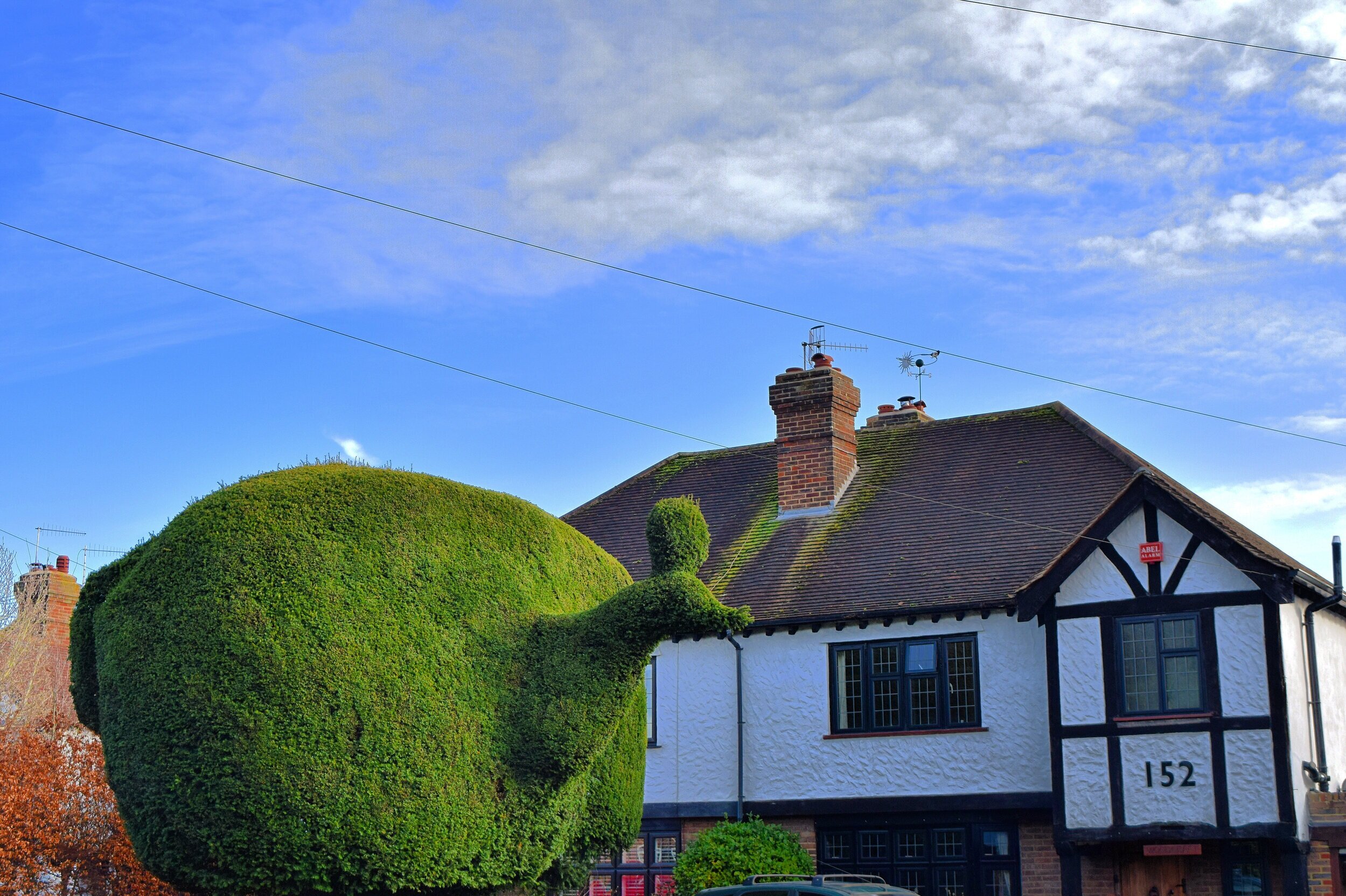

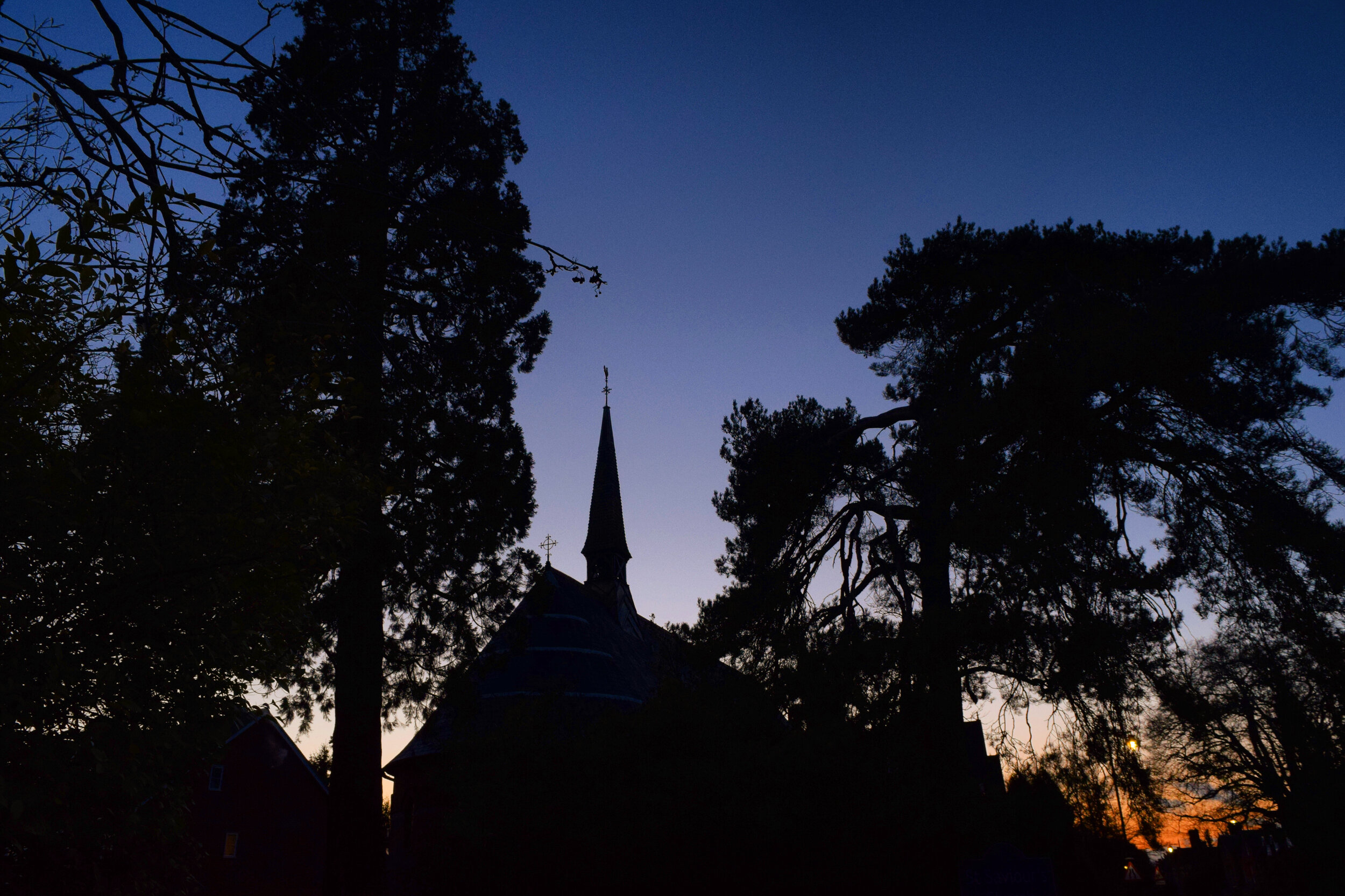
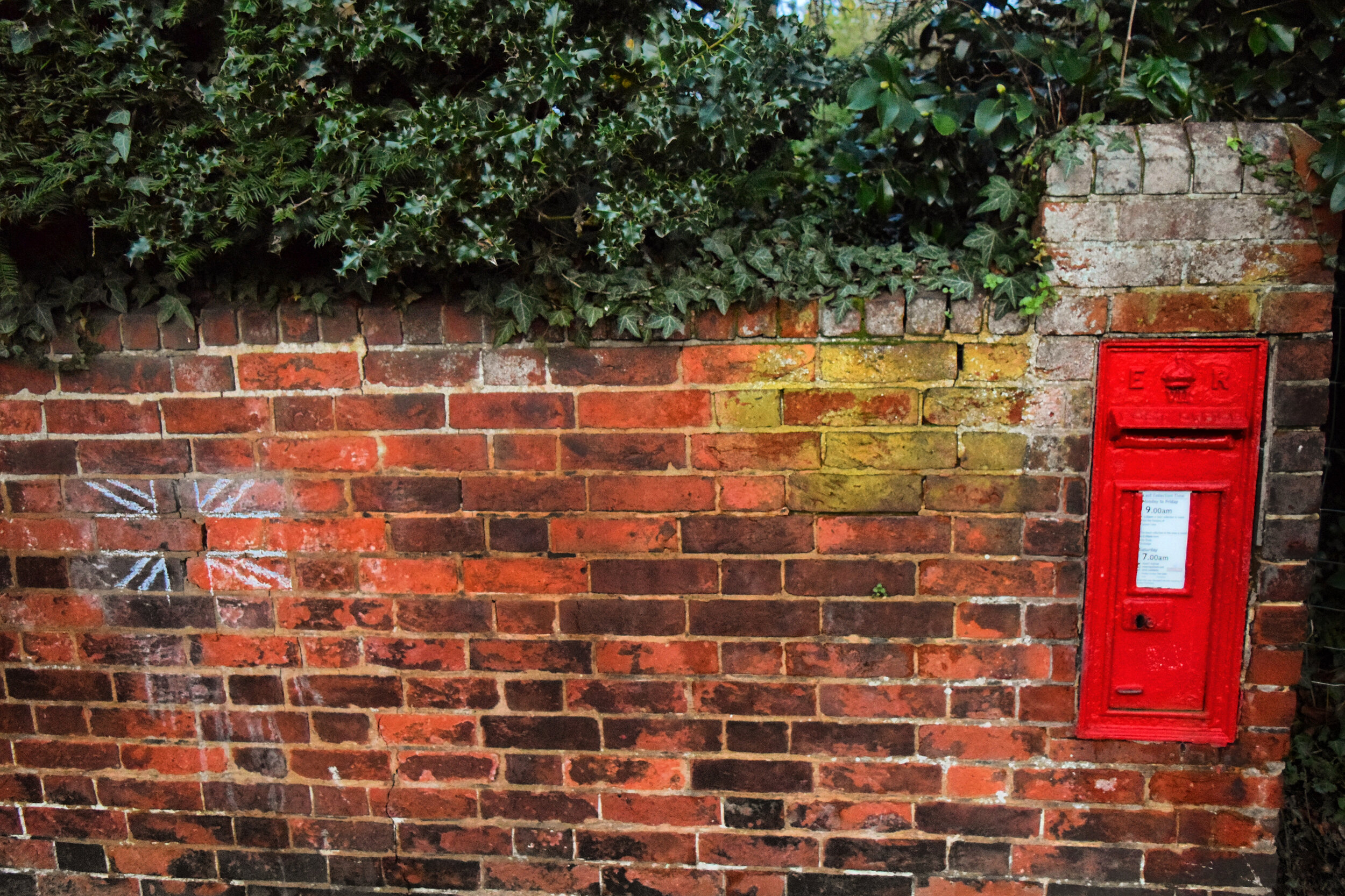
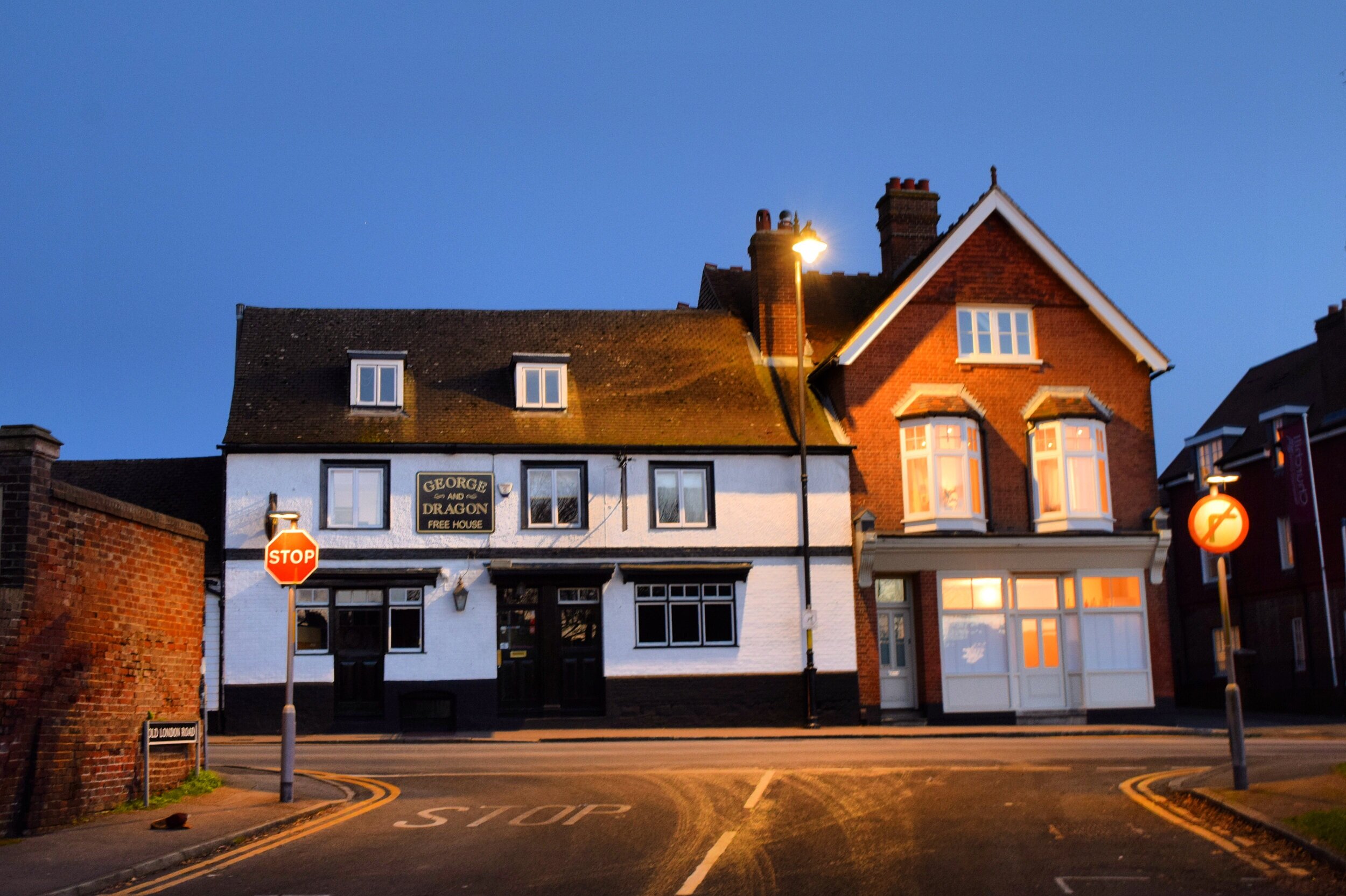
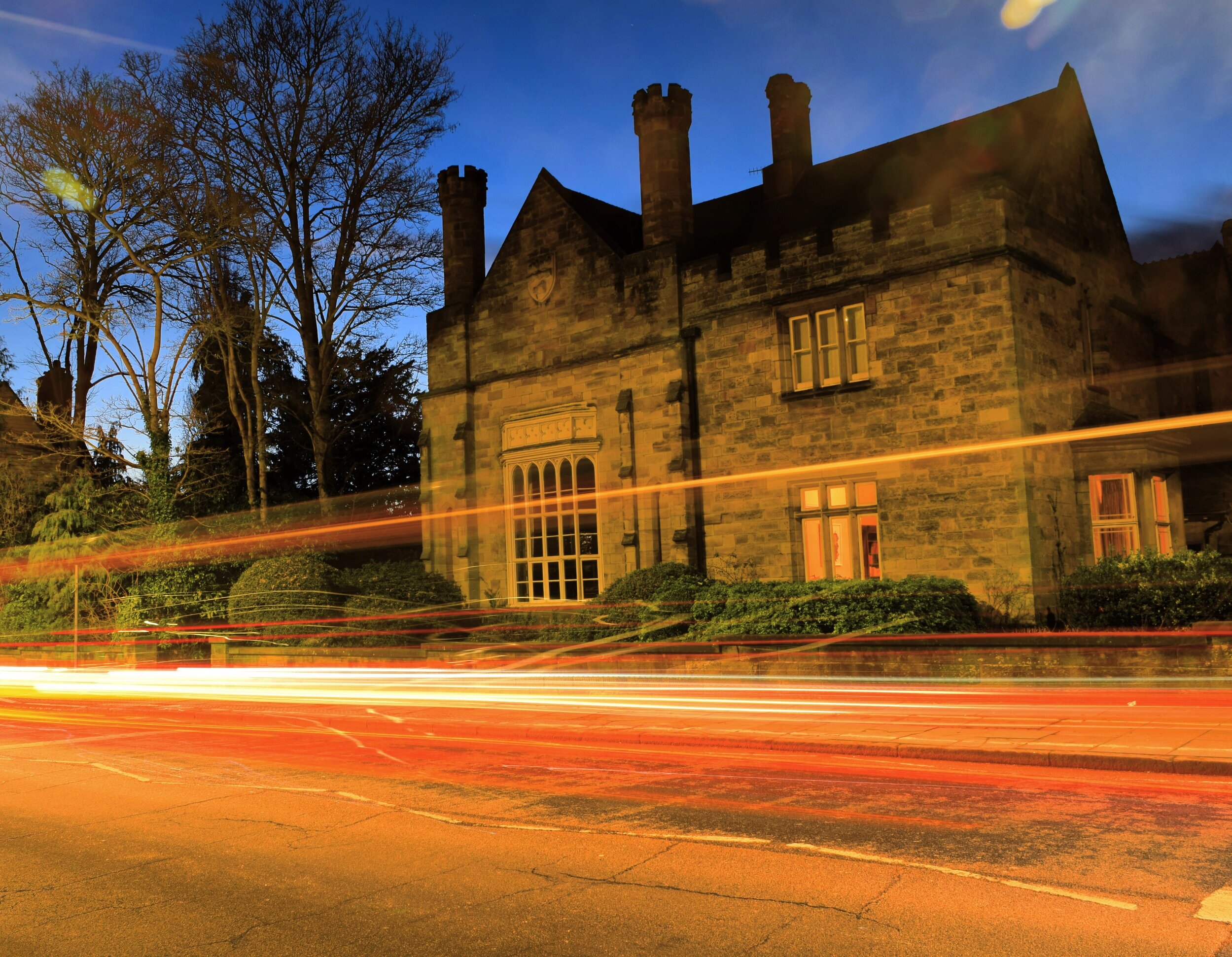
Following the Christmas that was cancelled, my winter blues truly set in as the reality of another lockdown sunk home. The opportunities to slink off into the countryside and find my quiet place, were becoming increasingly sparse as a mixture of home schooling, rainy days and long nights were combining against me.
Even when I did find the perfect moment, the paths that I had gotten to know so well over spring and summer were now swampy quagmires that were at best on a par with Glastonbury and at worst the Somme. It was becoming clearer by the day that both myself and the countryside needed a break.
My winter breather didn’t last long though as after a few evenings of twiddling my thumbs, my phone pinged and I opened a message from somebody that was politely enquiring if I would consider writing any walks that could be undertaken at night time. The idea didn’t immediately grab me, as I had only recently written ‘Ghost Town’ but it did get me thinking that there were was still so much of our town that I had left to explore - starting with Simla House the place of Mahatma Gandhi’s visit all those years ago.
A snippet posted by Tonbridge Daily pointed me in the right direction but as I went off into the night looking for clues, my search for Gandhi yielded more questions than it did answers. Even the most familiar places that I stumbled across on this walk, offered up little quirks that made me want to probe the towns history a little deeper, all whilst unearthing some memories of my own.
There’s still plenty of winter to come but in the meantime, I hope this walk offers you some sanctuary until the mud dries and the sun shines once more.
Big Bridge, Tonbridge
Begin your walk at Big Bridge Tonbridge and then turn right down the High Street. You will soon come to the Humphrey Bean.
Depending on your Tonbridge vintage you may remember when this pub was the town's post office. If you look above the door you will see the original signage. In between the post office closing and Wetherspoons opening, the venue was home to Qasar, a bizarre game of tag that saw youngsters running around in the dark shooting lasers at each other. As a 12 year old boy this was easily the most fun you could have in Tonbridge! The current pub is named after Humphrey Bean, the landlord of 'We Three Loggerheads' the original pub that once stood here before the post office was built in its place. You can see some pictures of the original building here.
Cross the road at the pelican crossing and continue down the Botany as you pass ‘On the Map’ an abstract sculpture designed by Ev Meynell, a sculpturer that taught at both Judd school and West Kent College. The sculpture, which was built to commemorate the millennium is modelled on a map of the River Medway and its tributaries which are entwined throughout Tonbridge. Over 20 years later it still confuses passers but it's a fitting tribute to a town that has grown up around the river.
Continue along the Botany and then take an immediate right before the flats and follow this path round the base of the development and along the banks of the Botany Stream. If you look upriver through the trees you will be able to see Little Bridge and the High Street. This bridge was built in 1888 at the time as its big brother that you saw at the start of this walk.
Little Bridge and the Botany Stream, Tonbridge
Follow the path over the wooden bridge and then continue straight, before taking an immediate left, walking along the raised walkway.
This quiet area of town was loving regenerated by a team of residents to to create the Angel Community Garden. The area was a long forgotten ‘grot spot’ but was transformed when a group of gardeners, volunteers and businesses came together with a plan.
The area to your right has been planted with pollen loving bees in mind, creating a green oasis at this end of the car park. There is even a grand bug hotel, creating the perfect habitat for thousands of insects. On your left you will see a memorial bench dedicated to Laurence Snook, the gardener who dug the initial foundations. If you’re passing by in the summer, then you can stop for a game of giant chess at the refurbished chequerboard. The garden is a lovely reminder of what can be achieved when a community comes together. If you would like to learn more or volunteer yourself, then you can find out more on their twitter feed.
Pics (L-R): The chequerboard, Laurence Snook memorial bench, bug hotel (all images courtesy of Fred Long/Angel Community Garden)
At the end of the walkway turn left and then turn right as you follow the path past the Angel Centre. This was originally home to the town's cricket ground and latterly Tonbridge Angels football club. The club was formed in 1947 and took their name from The Angel Hotel, another lost boozer. The pub was situated roughly where Poundstretchers is on the corner of High Street and Vale Road.
During the Angels' time here they drew a record crowd of over 8,200 when they faced Aldershot in the first round of the FA cup. They were also managed, for at least one season, by world cup winner and Fulham legend George Cohen. Whilst we're talking Fulham legends, I would add (for the benefit of my fellow Fulham fans) that a young defender by the name of Roy Hodgson once played for the Angels, simultaneously juggling a day job as a PE teacher!
The Angels time here ended when they were evicted from their ground by the local council. After a three year fight which went all the way to the High Court, the club were offered a replacement stadium at Longmead in North Tonbridge. As the bulldozers prepared to start work the final goal scored at the Angel ground was banged in by the aptly named Mickey Angel. The club's only stand was dismantled and taken to North Tonbridge, before the supermarket and leisure centre complex were built in 1980. The club are still in action today and you can follow them here.
The chequerboard and Angel complex, once home to Tonbridge Angels football club
Follow the path above the chequer board and alongside the stream as you walk past the Angel Centre. Growing up in Tonbridge in the late 90's the Angel Centre parties were the stuff of legend. With an absence of nightclubs in the town at this point, an invite to an 18th birthday party at this tired leisure centre was the next best thing. Most Saturday nights, 200 plus teenagers would cram into the Buzz Bar as a makeshift sticky dance floor heaved to an eclectic playlist. One minute you could be throwing shapes to 'Born Slippy' the next it would be 'oops up side your head'.
When you reach the footbridge, turn right and continue straight on taking the path between the car park and the bottles banks. This car park is home to the monthly farmers market. On the second Sunday of every month the market showcases the best of Kent and Sussex produce. It's a must destination for any self respecting Tonbridge foodie.
At the end of the path, crossover Avenue Du Puy and continue down the alleyway opposite. In late summer this used to be one of our go to spots for blackberry picking. With one of the kids up on my shoulders we could normally manage a good haul.
On your right you will see Tonbridge Angel Indoor Bowls club. Behind the secretive corrugated metal exterior, you will find a welcoming and prosperous sports club, that has gone from strength to strength since its inception forty years ago.
The club boasts not only state of the art bowling facilities, but also an active and friendly social scene enjoyed by its 550 members. The bowlers range in age from 9-90 and even include some national champions!
Whatever your age or ability, you can be assured of a friendly environment, so if you fancy trying your hand on the rink, then get in touch with the club who will be happy to offer you a free taster session.
The Gasworks Stream, Vale Road
At the end of this path cross over the the little bridge. When the stream is lower you can sometimes spot a raft of ducks resting on the silty island below. Continue onto Strawberry Vale and turn left into Vale Road.
If you look back down the street you should be able to spot a heavily fortified brown building. For years this anonymous looking cash depot went unnoticed by nearly everyone in Tonbridge until it made headlines around the world in February 2006 after a gang of thieves committed a record breaking robbery that was brazen as it was brutal.
The shocking event began with the simultaneous kidnapping of the depot manager and his family. Dressed as policemen and wearing prosthetic disguises, members of the gang intercepted the manager on his way home from the office. Meanwhile other members of the syndicate (also impersonating the law) abducted his wife and son from the family home where they were held captive at a remote farm house. Once the family were reunited they were taken to the depot where the gang used the manager to gain access to the building.
The Vaultex depot, once home to Securitas and the site of Britains largest ever cash heist
Whilst the family and fourteen members of staff were held at gunpoint, the gang set about emptying the storage facility of cash. Left unchallenged they were able to methodically load a 7.5 tonne lorry with piles and piles of new and used bank notes over the next few hours. The truck was so full with money that the gang ran out of space and had to abandon the robbery. In total £53 million was stolen, making it the largest ever cash heist in the UK.
Despite the success of the initial execution the aftermath was not so smooth, as the logistics of handling so many notes sank in. Within days, arrests were beginning to be made, and before long huge piles of cash, abandoned vehicles and stashed weapons were popping up all over Kent and South East London.
In total seven men were jailed for their role in the robbery, one of which served their sentence in Morocco after an extradition attempt failed. Of the £53 million that was stolen, only £21 million was recovered. The events of that night were tipped to become a Hollywood film, but to date have only been made into a BBC drama (The inside man). The depot is now owned by a company called Vaultex and benefits from heavily beefed up security. You can read more about the robbery here.
Vale Road, Tonbridge
Walk on down Vale Road and the industrial estate merges into a small street of houses, that appear to be marooned amongst the surrounding industrial units. Before the Angel ground development, these terraces ran the length of Vale Road right up to where the Sainsburys petrol station now stands. The petrol station itself was once the site of a pub called the Prince Albert Inn. The pub and houses were badly hit in the great flood of 1968, making them a soft target for redevelopment when the council made its case for the new supermarket site. You can view an old picture of the Prince Albert pub here.
When you reach the junction with Sovereign Way, cross the road with care and continue straight on with Halfords autocentre and the Riverdale estate on your right.
Just after these you will see the old Colas site on your right. This was once a huge tar distillery that took the spent tar from the gasworks and turned it into tarmac, creosote and all sorts of other toxic nasties. Once the tar had been processed it was shipped off either by rail (from a special sidings that sat next to the site) or by road in special tankers.
Morley Road, Tonbridge
When the distillery closed in the 1990s it was left abandoned for years as the cost of decontaminating the land and its underground tar tanks proved to be a deterrent to potential buyers. The land has finally been cleared now with a view to building more industrial units.
Turn left into Morley Road and follow the road round as it weaves between gated compounds and corrugated warehouses. This hidden side of Tonbridge is a photographer's dream as functional industrial architecture is thrown together in stark compositions.
Up ahead in the distance the rusting red hulk of the town's gasometer fills the horizon as it looms over the industrial estate. This iconic structure can be seen for miles around and is as much part of the Tonbridge skyline as the castle flag or the Parish Church tower.
The gasometer, seen from Morley Road
As with many of the great industrial innovations, the gas works first came to Tonbridge in the Victorian era. These were the first of the utilities to be established, pre-dating electricity and more concerningly water, in an era when cholera was rife.
The original gas works were established by the Tonbridge Gas Company on 06 June 1836. A handful of Tonbridge gentleman set up the company at a cost of 2500 GBP, with the intention of lighting the 'streets, ways, bridges, churches, places, chapels, buildings, and shops and public or private houses in or about the said town'
Later that year, on 12 November the gas works were fired up and the town's lamps were lit for the first time. The streets of Bordyke, East Street and the High Street were illuminated by the towns lamplighters, as excited crowds witnessed the spectacle for the first time.
An old gas lamp in the heritage area of Tonbridge
The town's gas was produced by burning vast amounts of coal in huge incinerators. The coal was shipped to the site by barge, hence its proximity to the river. As the coal burnt it gave off a gas that could then be piped around the town to provide lighting. The lamps were only lit in the evening and sometimes not at all when there was a full moon!
Over the 60 years that followed, Tonbridge grew considerably as did its demand for gas. The gasometer you see today was built in 1895, in response to the town's increasing population and thriving industry. By this point gas was being used to light not only streets and houses, but was also being used to power a new electric generator at Tonbridge school and was being considered for the planned brickworks at Quarry Hill.
The iconic structures fuelled Tonbridge for nearly 100 years until the discovery of natural gas in 1965 marked the beginning of the end for the gasometers. The ready supply from the North Sea meant that coal gas was put on the backburner, as the old ovens only needed to be used on the rare occasions when the towns demand outstripped supply.
The old gasworks, seen from the river
As technology advanced and gas pipes got larger, gasworks around the UK found that they could operate at full capacity without falling back on these Victorian artefacts. In 1999, Transco (the then National Grid) announced its decision to decommission all of its remaining gasometers, condemning many of them to the history books.
The cost of maintaining them, combined with the rising land value of these old brownfield sites meant that many gasometers across the country have already been dismantled, including those at nearby High Brooms.
Our own ones at Tonbridge have survived so far, narrowly escaping the executioner's cutter, when TMBC rejected an application to demolish these. Ironically it was the recent residential developments in these areas that extended their lifespan, so perhaps these tarnished beauties will remain a feature of our town for a little while yet.
Walters Farm Road, Tonbridge
Continue round Morleys Road and then turn right into Walters Farm Road. Although this is a public bridleway, there is no pavement here and this is a working industrial area, so please be mindful of any traffic.
Long before these corrugated iron shells and industrial pre-fabs popped up, this was part of Walters Farm, one of three farms surrounding this part of South Tonbridge. If you look at this old map you can see Walters, Hectorage and Lodge Oak farms mapped out. All three farms have gone now, replaced by the postwar housing developments, but Lodge Oak Farm house remains in the form of The Cardinals Error pub. You can find this and read about its spooky history on the 'Ghost Town' walk
Continue along the road with care until you reach a bridge crossing the Gasworks stream, one of the many tributaries of the River Medway. In the early years of the gasworks, before the tar distillery was established, this stream would have been heavily polluted, causing untold environmental damage to the Medway and its fish. One of the town's earliest environmental pioneers was Tonbridge Angling society. Following further pollution in 1970, the society took legal action which resulted in the river being restocked and led to greater awareness with regards to keeping our river clean.
Ashby Point and Bridleway House, Walters Farm Road
Cross over the bridge and continue along Walters Farm Road as you pass between Ashby's Point and Bridleway House. When the sun starts to set, the late afternoon rays bounce off the many windows and these imposing apartments cast huge shadows across the streets that run between them.
Turn left and walk past the river centre, now home to the Hillsong Church. This 750 seat venue was once a conference centre before Hillsong took on ownership of the venue and made it a permanent home to its Tonbridge congregation. Established in a suburb of Sydney in 1983, the Hillsong Church grew from just 43 members into a worldwide ‘megachurch’ with over 150,000 members in 23 countries. Hillsong are renown for their modern worship and the church even won a Grammy award in 2018. You can find more about Hillsong Tonbridge here.
Just past the River Centre you will come to Town Lock, one of the oldest sections of town and historically, the nerve centre of industry in Tonbridge. Town lock was built in the 1740's as part of a broader plan to make the River Medway navigable between Maidstone and Tonbridge. Much like the dualling of the A21, there had been several half hearted attempts and lots of talk before a bill was finally passed in parliament and the motion carried forward.
Hillsong Church, Tonbridge
The man behind this motion was John Hooker, Lord of the Manor of Tonbridge and the then owner of Tonbridge Castle. Hooker teamed up with a 'company of proprietors' and set up the Medway Navigation company. The company sold their vision of a navigable Medway to a number of shareholders who paid £100 a share for the privilege.
Building the canal was gruelling work but this took just over 3 years, spanning from 1740-1743. In total 14 locks were constructed, along with the wharves at Maidstone and Tonbridge. The locks were constructed using oak from Penshurst and later down the river, stone which had been cannibalized from Hookers own back garden - the castle walls!
The newly canalised section of river was officially opened in 1744 and was celebrated with a launch party at the Rose and Crown Hotel-where the company had held their first meeting back in 1740. From then onwards industry in Tonbridge boomed. The wharves which lined the river were full to the brim as barges floated up the Medway from Maidstone and beyond. Tonbridge's main imports were coal and limestone, and its chief exports were timber and of course hops!
Town Lock, Tonbridge
These supplies were dragged up and down the river by gangs of burly bargers. The men worked in teams of three, hauling the 40 tonne barges between Tonbridge and Brandbridges (near East Peckham) where they would then exchange their loads with another team that would operate the onward stretch to Maidstone. This was no gentle stroll by the river though - the bargemen ran a gauntlet of fences, hedges and floodwater. They worked whatever the weather and were expected to do so for just £1 per day - per gang! If this wasn't hard enough, the potty mouthed bargers faced the threat of a large fine if they were overheard using their industrial strength language.
The Navigation companies fortunes slowed with the arrival of the railways, but this stretch of the river remained at the heart of the towns industrial output. Barges still continued to supply coal to the newly constructed gasworks and timber to the saw mills that sat by the river here. Just North of the lock was Whitefriars Press, a huge printing firm that sat on Medway Wharf Road. The press printed thousands if not millions of books and magazines in its lifetime and employed hundreds of staff.
As with the gasworks, time and technology moved on, leaving a trail of regeneration in its wake. Whitefriars press was the last of the industries to close along this stretch of the river and was replaced with the Whitefriars apartments. The houses that now line this stretch of the river bear a passing resemblance to the wharves and warehouses that once sat here, but are a world away from the bustling hub that Tonbridge was built upon. You can read more about the Medway and its industrial history here.
Whitefriars Wharf, a residential development based on the former printers that once occupied the site
Continue East along the river as you follow the path away from town towards the industrial estate. Across the water the colourful houses of another recent development cast pretty reflections in the river.
When you reach Cannon Bridge, turn left and walk over the bridge, pausing to admire the view as you look back up the river to the gasworks, before continuing along Cannon Lane past the retail park. As a fresh faced 15 year old I once found myself work experience at the B&Q that used to be here, having missing out on my preferred gig at the local paper. A weeks unpaid labour in the warehouse taught me many things, so if you ever need advise on which shade of tartan paint to pick then I’m your man!
Just after the retail park the path leads into a small square, that forms a bridge over the Mill Stream, a quiet backwater of the Medway that can be seen to your left.
Blossom Bank, Tonbridge
Look to your right and you will see that see the site of the old Tonbridge water Mill, now an impressive piece of architecture and design. If you take a closer look at the newer house on the right, you will see the river flowing through the building and into the old mill pond behind it. When the house was built, its owners salvaged the remains of the old water mill and had these painstakingly rebuilt, earning it a design award from the Tonbridge civic society.
If you've been paying attention to some of the earlier walks, you may remember that this was the very mill that James Christie purchased in order to challenge the Medway Navigation Company for access to the town's water flow. Christie's grand plan was to build a canal from Tonbridge to Penshurst, but the MNC had other ideas. You can read the full story on The Green Mile walk.
The old mill, Tonbridge
Cross over the bridge and into Mill Lane. At this point turn right and then follow the road round until you come to the junction with Hadlow Road. As you reach the junction you will see a little iron marker, signifying the spot where a toll gate once stood.
Back in 1555 each town's roads fell to the responsibility of one unfortunate parishioner who was designated the role of Surveyor of Highways. The position was unpaid, unwanted and normally filled by someone that was completely unqualified for the role. Once the surveyor was selected by local magistrates they would be tasked with rounding up their fellow townsfolk and motivating them into repairing the towns roads for 6 days each Spring. If their pockets were deep enough, the parishioners could opt to pay a sum towards the repairs, in lieu of rolling up their sleeves and doing the dirty work!
This system was not only unpopular but it also became rapidly outdated as the population began to swell and the amount of traffic on the roads increased. More and more goods were being transported by horse and cart, and carriages were becoming commonplace rather than travel by horseback. The six days a year maintenance by less than enthusiastic 'volunteers' was just not sufficient and the cracks were quite literally beginning to show.
Mill Lane, site of an old tollgate for the Tonbridge to Maidstone turnpike
Landowners all over the country began to lobby parliament to replace the system with a board of trustees who had the means and power to employ qualified surveyors who could maintain the existing road network and plan accordingly for a new one. The trusts would each take responsibility for a stretch of road running between their town and the next. They would ensure the roads were passable in winter and were not too dusty in summer. The upkeep of the roads was to be paid for by the collection of tolls. Parliament approved the act and the first turnpiked road opened in 1663.
Kent was relatively late to the party and didn't open its first toll road until 1709 - this was the London road that passed between Sevenoaks and Tonbridge, then onto Tunbridge Wells. There were to be two more toll gates in Tonbridge, including this one which was established in 1766. This spot marked the entrance to the Tonbridge-Maidstone road. The other gates were located at the South of Tonbridge High Street (just outside where the library now sits - this was the Tonbridge-Tunbridge Wells road) and also one tucked away opposite the Royal Oak pub on Shipbourne road ( which was the Tonbridge to Ightham road).
Each traveller passing through the turnpike gates - either with a vehicle or driving cattle - had to pay a fee to use the road unless they were exempt for one of the following reasons; carrying fish to London, travelling to church, travelling as a patient to or from hospital, mail carts, agricultural carts or travelling to vote in a parliamentary election. The charges incurred were determined by a complex spectrum which was determined by the width of a vehicle's wheels and the number of horses pulling it.
Tollgate Houses would be used as post offices
Understandably the charges did not go down well with locals who had used these country roads for years without paying a penny. Some travellers would conjure up excuses to avoid paying the toll (such as claiming to be attending church or delivering mail) whereas others took a less creative approach and would bypass the gates by driving their carts cross country or flatly refusing to pay. To add insult to injury the parishioners were also still expected to contribute to the upkeep of the roads, either through labour or contributing financially.
Despite the income from tolls and a statute labour force at their disposal the not for profit turnpike trustees struggled to make ends meet. The initial costs of re-building the roads racked up huge debts which could not be paid by the tolls alone. As they struggled to pay back the high levels of interest, the toll roads demanded continual investment to pay for their upkeep. The trustees' problems intensified in 1835 when a new highways act ruled that they could no longer demand their parishioners to contribute to the upkeep of the roads, either physically or financially.
The final straw for the turnpikes was the arrival of the railways. The speed and reliability of the trains revolutionised logistics and drew traffic and income away from the toll roads. As the trusts began to fail under the weight of their debts, the roads they operated passed under the control of local authorities. The Tonbridge-Maidstone trust dissolved in 1870, with the last Tonbridge turnpike closing in 1882 (between Tonbridge and Ightham). The passing of the 1888 local government act saw the introduction of county councils, who have been in charge of maintaining the roads ever since.
An old milestone on the former Tonbridge to Sevenoaks toll road
Tonbridges turnpikes are one part of history that won't be missed but they have left little remnants of their past behind. Keep your eyes peeled the next time you are walking on one of the main roads and you may just spot a milestone - these little markers were legal requirements on turnpike highways as they informed travellers of both direction and distance and helped calculate postage costs. If the turnpikes of Kent have piqued your interest you can read a much more detailed study of these here.
Turn right onto Hadlow Road and walk past Mitre Court. Older Tonbridge residents may recall when this was home to The Mitre, another lost Tonbridge pub.
Back in the 1800's this old hostelry was used as a venue to host inquests. Pubs were often used for these morbid events as they provided a readily available indoor space that could be accessed by the community and were large enough to hold court to the coroner. In the event of an unexplained death or accident, the body(ies) were taken to the pub to be assessed by a 12 strong jury who would ponder over the deceased as they tried to agree on the cause of death, before the accompanying coroner declared his verdict. The Mitre's proximity to the Medway meant that it was used to question a number of devastating incidents that took place along the river including several drownings. You can read some old newspaper reports about these here.
Mitre Court, named after The Mitre Pub and theatre group
Inquests in pubs began to be phased out in 1891 when public health laws required purpose built coroners courts and mortuaries to be built, but this wasn't to be the last of the dramas at The Mitre. In 1933 The Tonbridge Little Theatre group (one of Tonbridges three theatre groups at the time) set up home in some old stables that once sat behind the pub and renamed themselves The Mitre Theatre group.
The Mitre Theatre Group specialised in classical and avant garde productions, putting them squarely at odds with their arch rivals The Tonbridge Amateur Dramatic Society (TADS), who opted to perform light comedies and West End hits. The rivalry was to be short lived though, as the outbreak of world war 2 drew a halt to both productions.
When the second world war ended the two theatre companies signed a peace treaty of their own and merged together to form The Tonbridge Theatre and Arts Club. The club remained at the Mitre, where the newly formed group set about reaching a compromise on their differing styles, but within a year they had performed their first full play. Despite the limitations of their compact surroundings TAD's thrived for nearly 30 years at the Mitre, performing 12 productions a year from their tiny stage.
As the clubs success grew, so did its ambitions and in 1974 the theatre group (financially backed by a small coalition of members) took a huge punt and bought some old farm buildings on the outskirts of Tonbridge. Through a determined mixture of fundraising and hard graft, a pair of oast houses and a musty old barn were transformed into a new playhouse. It opened its doors in 1974 and The Oast Theatre was born.
Nearly fifty years later and the theatre lives on, keeping the magic of the theatre alive and well in Tonbridge, as well as giving an entry point to young local talent looking to tread the boards. Their doors were closed at the time of writing this, but I hope that it won't be too much longer before their curtain raises again. In the meantime you can keep up to date with them here.
Cross over at the Pelican crossing and then continue down Hadlow Road. In the Spring the magnolia trees that fill some of the front gardens here will put on an impressive display of pink and white flowers that set this busy road a bloom. These pretty trees are only trumped by the magnificent topiary display further down the street. A giant yew hedge that has been perfectly pruned into the shape of a peacock on one side and an elephant's head on the other. This work of art is the creation of Dr Owen Legg who has spent the last 40 years sculpting this incredible topiary. The hedge has turned not only the heads of passing drivers, but has also caught the attention of the national press!
Hadlow Road, Tonbridge
Turn left into Yardley Park Road and continue uphill. After a steady climb you will walk past Yardley Park. This was once home to Yardley Court School. The public school was established in 1898 initially with just 12 pupils.
By the time the concrete pitches were laid in 1927 the school had expanded considerably, with 130 pupils, many of which were boarders. The school continued to grow right up until 1987 when its pre-prep department was established, just 3 years before the site was sold for development.
Although the original school buildings made way for housing, the subsequent move to South Tonbridge in 1990 breathed a new lease of life into Somerhill House. You can read more about this historic mansion on The Goldsmid Trail, one of my earlier walks.
Yardley Park, once the playing fields of Yardley park school
Continue along the pavement until you reach the junction with Shipbourne Road, then cross over with care and walk down Dry Hill Park road.
Dryhill is a lot lower than the peaks of South Tonbridge but its perch above the Hilden Brook and distance from the Medway means it would take a biblical downpour before its residents need to worry about flooding.
This part of Tonbridge was built in the early 1870's, around the same time as the Slade. The two neighbourhoods are only separated by a footpath that runs through Tonbridge school but couldn't be more different. Unlike the tightly packed terraces of the Slade, Dryhill is made up of substantial houses and wide tree lined avenues.
St Saviours Church, Tonbridge
On your left you will see St Saviours church. This was built in 1875 to serve the new residents. They had originally hoped for a catholic church dedicated to St Augustine, but the Archbishop of Canterbury had other plans. He decided that the new church should be affiliated to St Peter and St Pauls - the existing Parish Church. St Saviours was designed and built by two familiar names from the earlier walks - famed architect Ewen Christian and local builders, The Punnet family.
Continue down Dry Hill Park Road and just before Hilden Oaks school you will spot Simla House on your right. It's here that Mahatma Gandhi made a fleeting 20 minute visit back in October 1931.
When Tonbridge Daily posted this snippet from the local newspaper, I felt mixed emotions. Firstly excitement, upon finally being able to confirm to my wife that the rumours that I had heard all those years ago (of Gandhi's visit to Hildenborough) were true, but then a pang of an anti-climax. There was no doubting that this historical figure had visited (if not passed through Hildenborough) but the brevity of his stay seemed so inconsequential that it diminished the sense of occasion. Above all else though there was confusion - the article raised more questions than it gave answers.
Simla House, Tonbridge
The newspaper stated that Gandhi visited Simla House with his travelling companion Miss Slade. At the time the property was being occupied by Mrs Vernon, her sister and the home of the late Lady Slade. The pair, accompanied by a party of aides, spent around 20 minutes at Simla House before travelling onto Canterbury.
Miss Madeleine Slade was the daughter of a decorated navy admiral, Sir Edmond Slade. Well read and a talented piano player, her passion for Beethoven took her to the continent where she sought to follow in her musical heroes footsteps. It was during a visit to Switzerland that she met Romain Rolland, a Nobel Prize winning writer that had a kindred interest in the composer. During their time together, Rolland encouraged Miss Slade to read his latest biography, a book about an Indian civil rights activist and politician by the name of Mahatma Gandhi.
Inspired by Rollands writings, Miss Slade wrote to Gandhi requesting that she could join him in India as a disciple. He accepted and in November 1925, she left behind a world of privilege in leafy England to devote herself to life in the Sabati Ashram as one of his followers. Miss Slade learnt Hindi, adopted vegetarianism and took a vow of celibacy. It was at this point in her life that Ghandi, renamed Miss Slade, Mirabehn, meaning 'Sister Mira'.
Mahtama Gandhi (Pic: Unsplash images)
In 1931 Mirabehn found herself accompanying Gandhi on a trip to England as one of his most trusted associates. This was the first time she had returned to her homeland since leaving six years earlier. The twenty minutes they spent at Simla House was a cursory footnote in a 12 week tour that saw them lobbying for India's independence from the British Empire at the second Round Table Conference.
Their visit to Tonbridge was a seemingly rare moment, where Mirabehn revisited her past. Her mother (Lady Slade) had died just a few months earlier and her father had also passed in the time that she had been away, so her and sister would have had plenty to catch up on.
After the briefest of stays in TN10, the party moved onto Canterbury, where Gandhi met the ArchBishop and Charles Freer Andfrews, a fellow pacifist. They also met Hewlett Johnson, the Dean of Canterbury, a church figure that shared similar political leanings. The dates of these meetings pinpoint Gandhi's visit to Tonbridge as the 03 October 1921.
Gandhi and Mirabehn visiting England in 1931 (pic: wikipedia)
Although the Round table conference did not garner immediate results, it raised Mirahbehn’s profile in the public eye and made the world sit up and notice. Her intelligence and perseverance saw her gain the ear of world leaders and other influential figures as she presented the case for Indian independence to Winston Churchill, Mrs Roosevelt and South Africa's General Jan Smuts.
Like Gandhi, her peaceful fight for India's independence saw her arrested and imprisoned on a number of occasions. Their struggles continued even after India gained its autonomy in 1947. In the space of 48 hours India went from being a colony of Britain to two separate states as Pakistan was created. The division led to terrible conflicts between the two nations and triggered a humanitarian crisis as millions of people travelled between the newly created border in search of what they believed would be safer territory.
Gandhi continued to devote his life to bringing peace to a now divided India but was tragically assassinated in 1948. Upon his death Mirabehn remained in India for 11 more years, establishing an Ashram of her own and campaigning for environmental issues in the country. Returning to England in 1959, she stayed for just one year before moving to Austria where she lived until her death in 1982. In a final twist of fate it's reported that she spent a short time at a retreat in Tunbridge Wells in 1978, during which the staff reported that she was very depressed. Now if only she had thought to come back to Tonbridge...
Next door to Simla House, you will see Hilden Oaks School and a blue plaque dedicated to its former resident E.M. Forster, the author of a passage to India, a book set in colonial India in 1920. It's a little before Mirahbehns visit but I'm sure they and Mr Forster would have had plenty to chat about.
There are thousands of articles and essays written about both Gandhi and Mirabehn should you wish to learn more about these inspirational figures, but I particularly enjoyed this one about Mirabehn.
Continue straight on and then when you reach the next junction turn left into Dry Hill Road. Set back from the main road, this elegant side street is a lot quieter than Dry Hill Park Road, though in term time you won't fail to notice the hustle and bustle of Tonbridge School boys making their way to and from their boarding houses which are scattered around the Dry Hill area.
Park House, one of 12 houses belonging to Tonbridge School
In total there are 12 houses at Tonbridge School, seven of these are boarding houses and the remaining five are day houses. Each house is named after either a notable Old Tonbridgian or a historic figure that served at the school. Some of these include Cowdrey House, named after the famous cricketer Colin Cowdrey (that you may have spotted opposite Simla house) and Judde House, named after the schools founder Andrew Judd.
The school houses provide not only a sense of community for the boys, but also camaraderie. They compete against each other in all manner of competitions, including but not limited to sport, music, debating and art. These allegiances continue through the lifetime of ex Tonbridgians, to the extent that the school offers priority entry to the house of their former house, should their own sons go on to study there. You can read more about the different school houses here.
As you continue along this street, keep your eyes peeled and you may notice a relatively rare post box sunken into the wall, just before the junction with Dry Hill park Crescent. At first glance this familiar red box doesn't look too out of the ordinary but when you look closer you will see that it is one of the few boxes in town that bears the cypher of Edward VII.
A lesser spotted Edward VII postbox, Dry Hill Road
The first postboxes sprung up in the UK on the Channel Islands in 1852 as a solution to the irregular collection times in Jersey and Guernsey caused by the unpredictable nature of the weather and the constantly changing tide times. A handful of "letter receiving pillars", based on a design used in Paris, were placed on each island, giving the residents a safe place to leave their mail until the post boat was able to collect it. The post boxes proved to be a huge success and within a year they were adopted for use on the mainland. To date there are an estimated 115,000 postboxes in the UK, placing over 98% of the UK within half a mile of one.
Prior to this all mail was to be sent from a letter receiving house or post office. such as a turnpike house - like the one you saw earlier on the Hadlow Road. The mail coaches would collect the mail from either end of the turnpike and the cost of postage/delivery would be determined by the distance travelled. This system was phased out in 1840 with the introduction of the Penny Black, the world's first adhesive postage stamp. The stamp did away with the complicated mileage system and meat that mail weighing up to 14 grams could be sent for a flat fee of one penny, regardless of how far it was to travel.
Now if you were really observant, you will have clocked the stylish black and gold post box further back up the street. As a private box this can be repainted in any colour the owners wish, but if it were a Royal Mail collection point it would have to adhere to the strict protocols.
A customised George VI postbox on Dry Hill Road
Originally, post boxes were painted green, but in 1874 the surveyor general of the Post Office declared that they should be painted red to make them stand out more. This policy remains in place today and the boxes even have a specific paint to ensure their colour is uniform (Royal Mail red, colour ref no. 538BS381C and Black, colour ref no. 00E53, BS4800 in case you were wondering!). The only exceptions to this rule were the 110 post boxes painted gold (to celebrate the British 2012 Olympic champions) and a handful of blue airmail boxes.
When a postbox is built it is inscribed with the cypher of the reigning monarch - the earliest boxes carried the initials of Queen Victoria. One of these can be found on the platform at Tonbridge Station, most probably the oldest box in town. Earlier on in the walk you may have also spotted a few carrying King George VI's insignia as well as plenty for Queen Elizabeth II. The Edward VII box you can see here is considerably less common because his reign lasted just 9 years. The rarest boxes of all bear the initials of Edward VIII, the queen's predecessor who abdicated after just ten months. Despite his short reign, he managed to clock up 171 boxes - one of which is located in Maidstone.
I'm having to pinch myself that I'm sat here writing about postboxes, so let's move on and find the pub!
Wall flowers on Old London Road
Walk to the end of Dry Hill Road and then turn left into Old London Road as you walk past Manor House, one of the oldest of the Tonbridge School boarding houses. As you follow the brick wall besides the pavement you may notice pretty clusters of wallflowers spilling over the top.
Continue to the end of the street and you will find yourself opposite the George and Dragon. This popular local pub underwent a refurbishment during the second lockdown and is going to look better than ever when it reopens. You can keep up to date with the pub via their facebook page.
Upon leaving the George and Dragon turn left and walk downhill towards Tonbridge School and The High Street. On your right will see an urban meadow sitting on the small triangle of land between London Road and Shipbourne Road. Older Tonbridge residents will remember when this was home to The Star and Garter, a troubled old pub that sat precariously in the middle of two busy roads, enticing in its drinkers with a concrete beer garden overlooking the busy box junction.
A wild meadow, once the site of The Star and Garter pub
After a compulsory purchase order by the council, the pub was briefly renamed the Star and used as a non-alcoholic pub/youth centre, whilst the local authorities flirted with the idea of bypassing the high street. The plan had been to build a new link road between here and Hadlow Road, with the view of pedestrianising the high street. The ongoing saga fuelled thousands of geography projects and countless letters in the local papers as the town debated the pros and cons of the move, but needless to say it never happened. After ten years of being a blot on the landscape the old pub was demolished around 2005/6 and regenerated into the 'wildlife reserve' you see today.
Carry on down Shipbourne Road and on your left you will see some lovely old weather boarded houses. These were once painted by local artist Martin Hardie. You can view a picture of this on the Tonbridge Historical society website.
As you cross the junction with Portman Park you will see a pillbox peeping out from the grounds of Tonbridge School. This is the first of seven pillboxes on 'The Pillbox Safari' one of our earlier walks that tracks down the locations and history behind these WW2 defences. The boxes were the brainchild of Sir Edmond Ironside, a pupil of... yes, you guessed it, Tonbridge School!
Walk on down the High Street and you will see the aforementioned school on your right. This beautiful school is a genuine source of pride for the town, with its immaculate gardens and buildings spreading joy all year round. It's tulips and vibrant pink cherry blossom mark the coming of Spring and then each December the iconic Christmaas tree lights up the headmaster's study. The school operates in a world apart from the rest of the town, but its state of the art facilities are enjoyed by many, including the fabulous EM Forster theatre, its magnificent sports centre and beautiful chapel.
Cross Bordyke with care and then continue straight on as the High Street properly begins. This Northern end of the High Street oozes character as a community of independent businesses, shops, restaurants and bars strive to keep our High Street alive.
There are some real gems along here both commercially and architecturally including book shops, boutiques and art galleries. That's before I even touch on the amazing Fuggles beer cafe or The Ivy House - two very different pubs but both well worth a stop.
Fuggles Beer Cafe, one of the many highlights of the northern end of the High Street
Keep walking down the High Street until you find yourself back at Big Bridge, which marks the end of your walk.
Acknowledgements
Thank you to Tonbridge Daily, not only for the spark you ignited in my search for Gandhi, but also for your tireless devotion to celebrating and promoting all things Tonbridge. A town loved by its community will always be a great place to live.
Thank you again to Tonbridge Historical society, whose exhaustive efforts in documenting the history of Tonbridge have taught me so much about our town.
